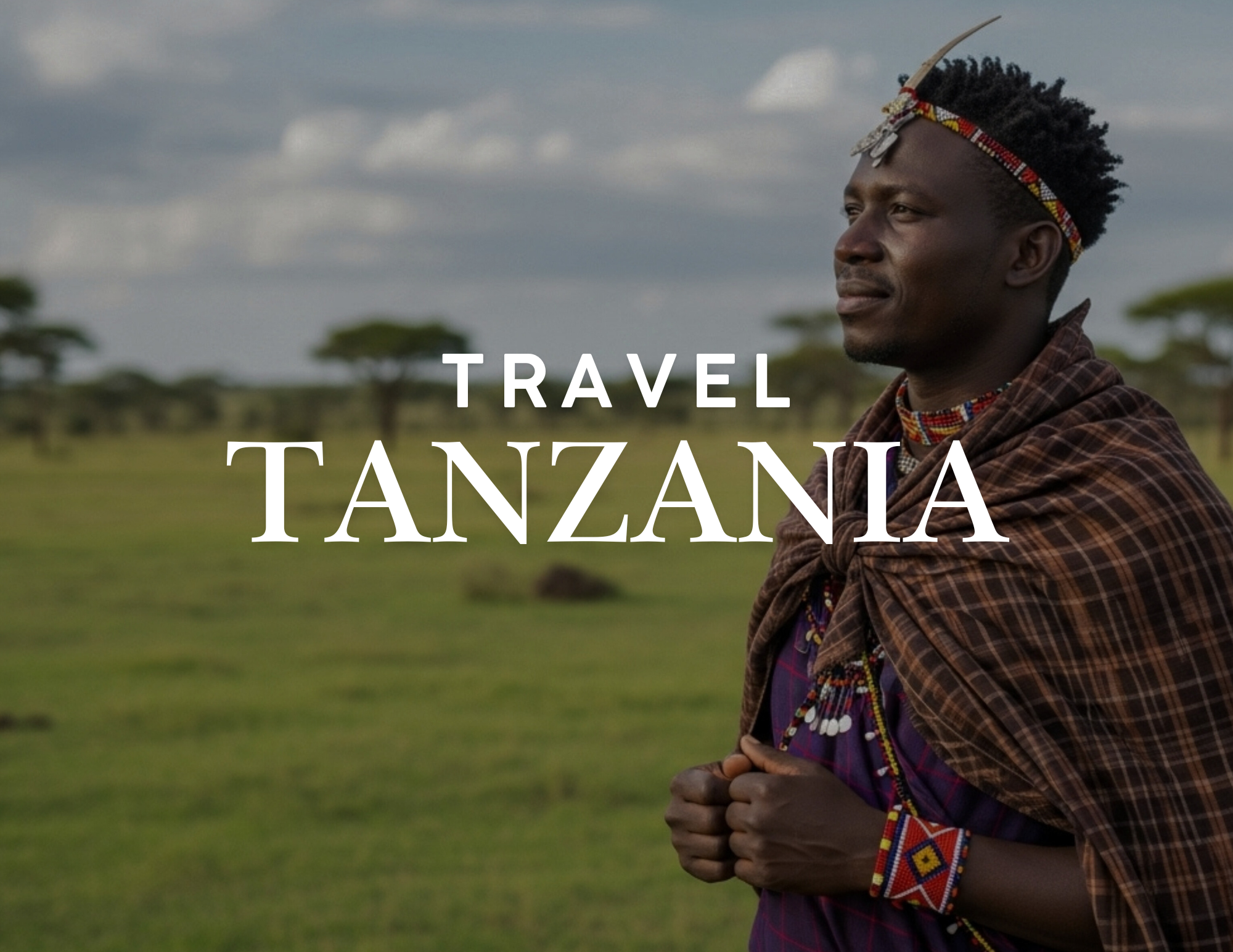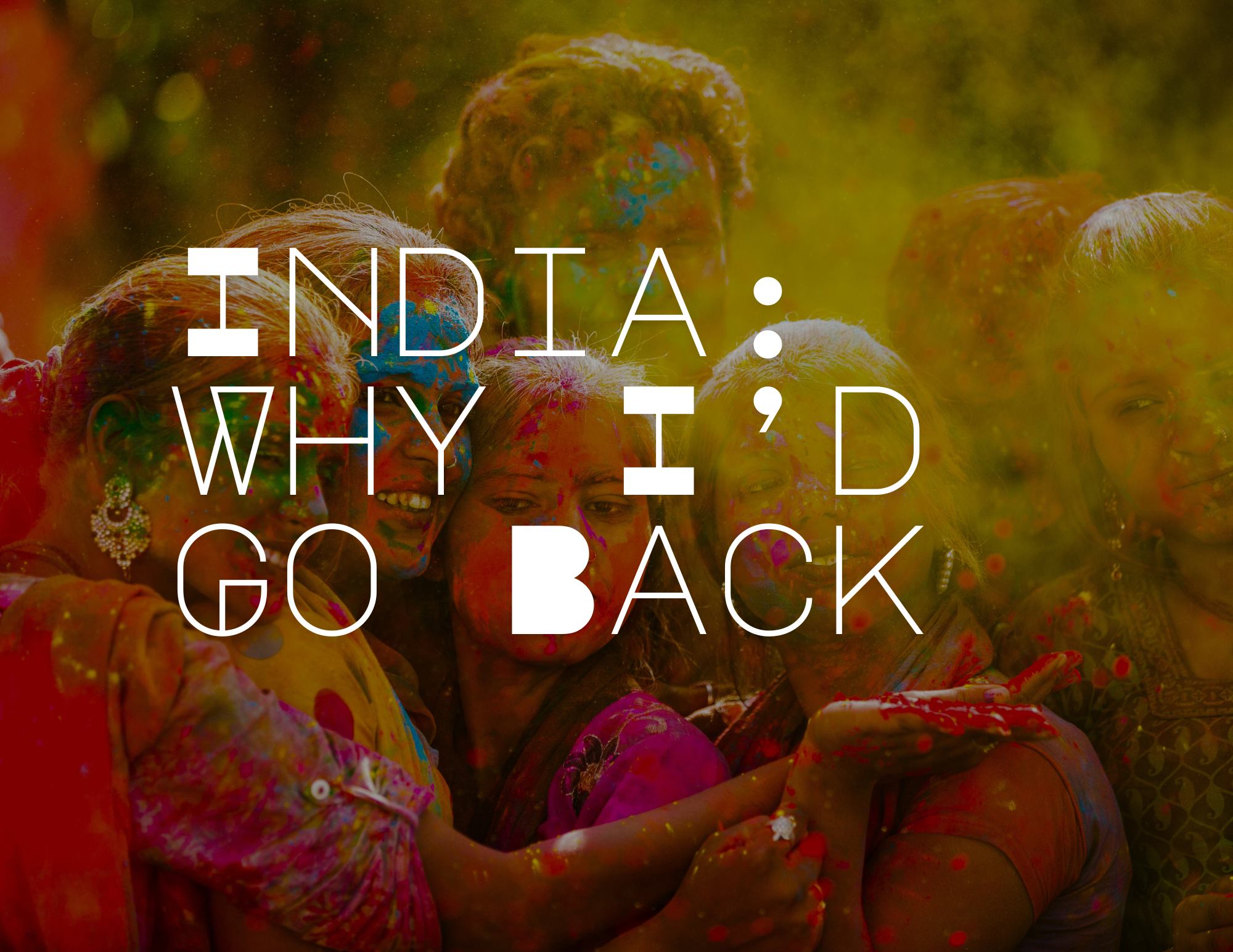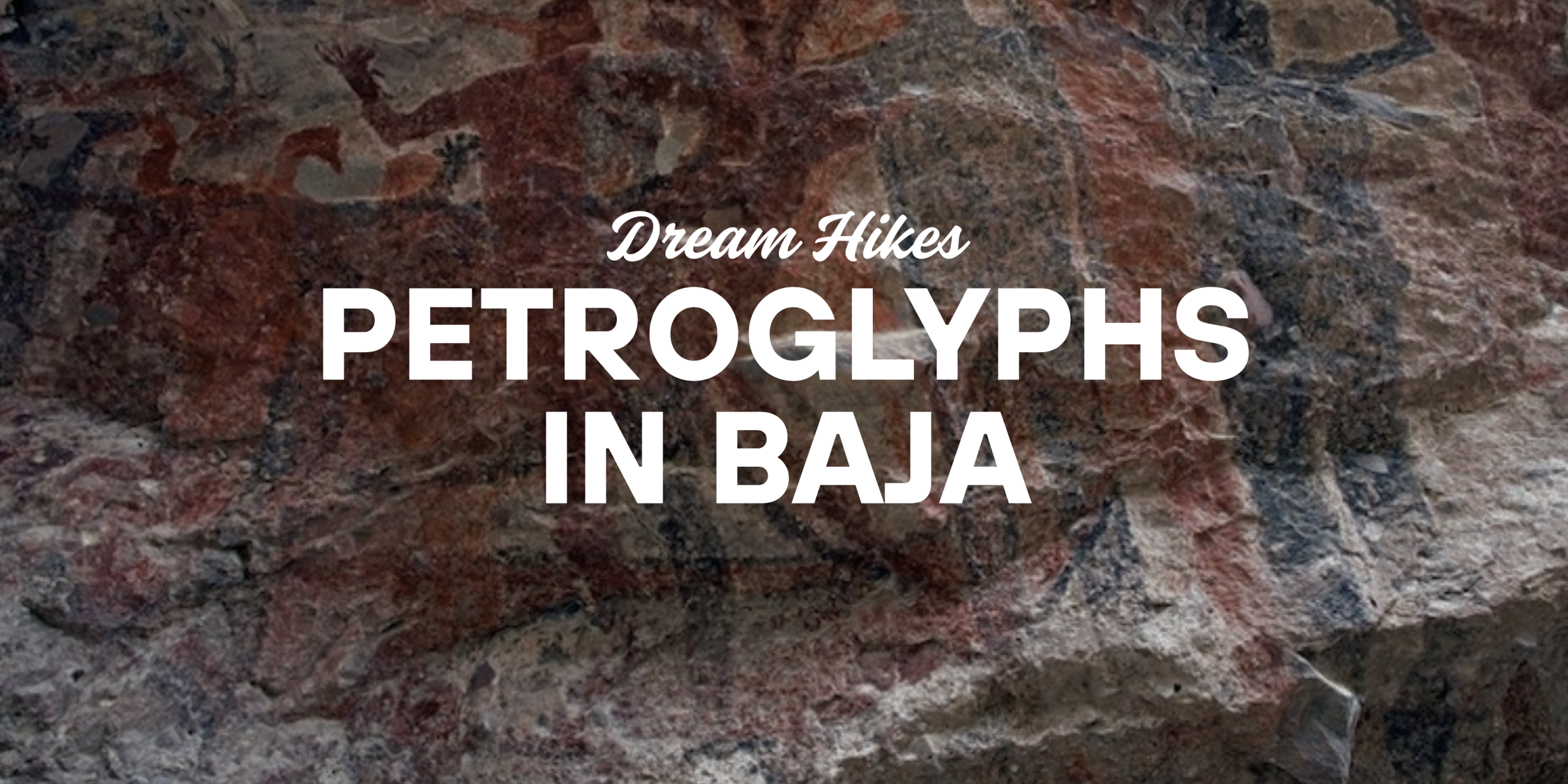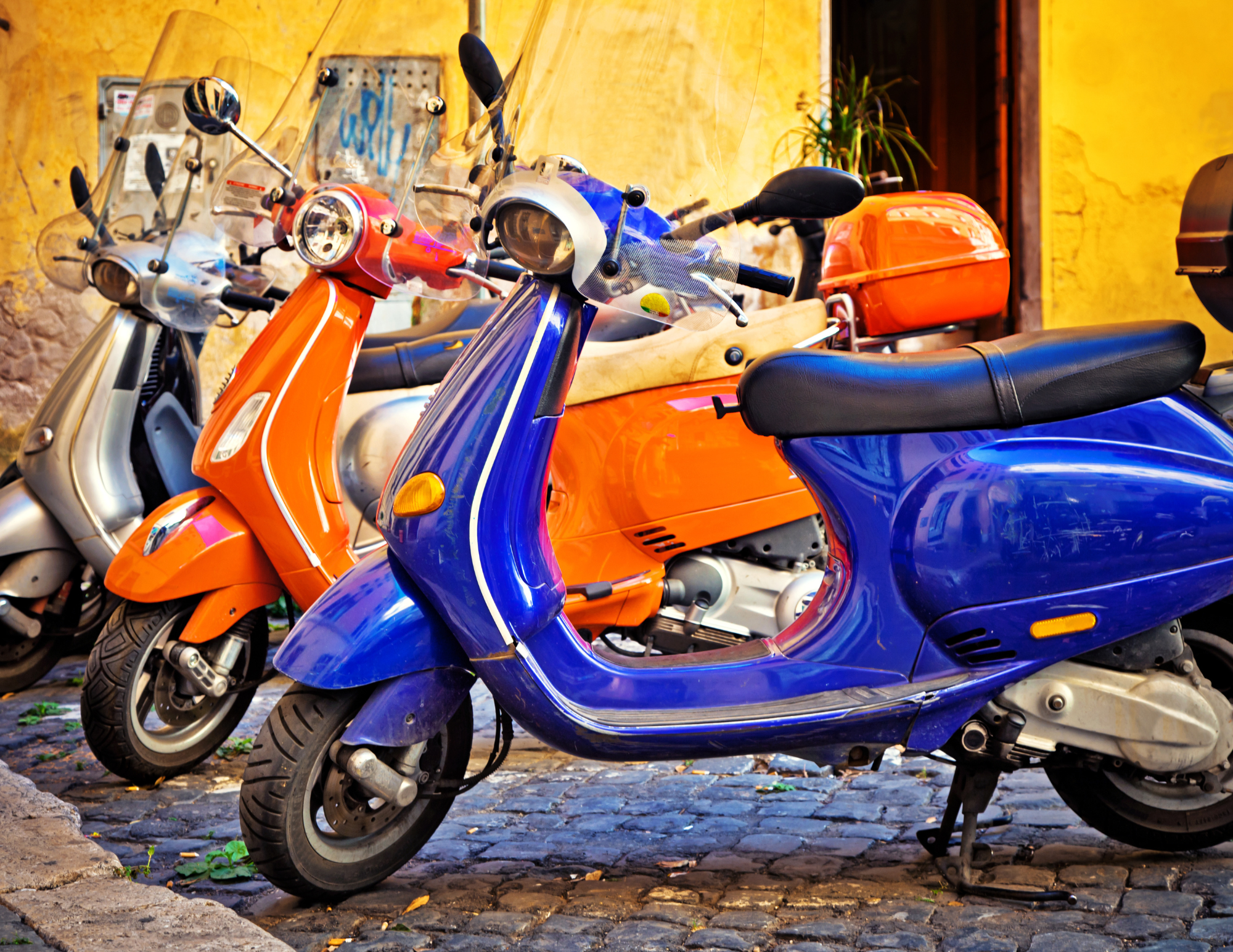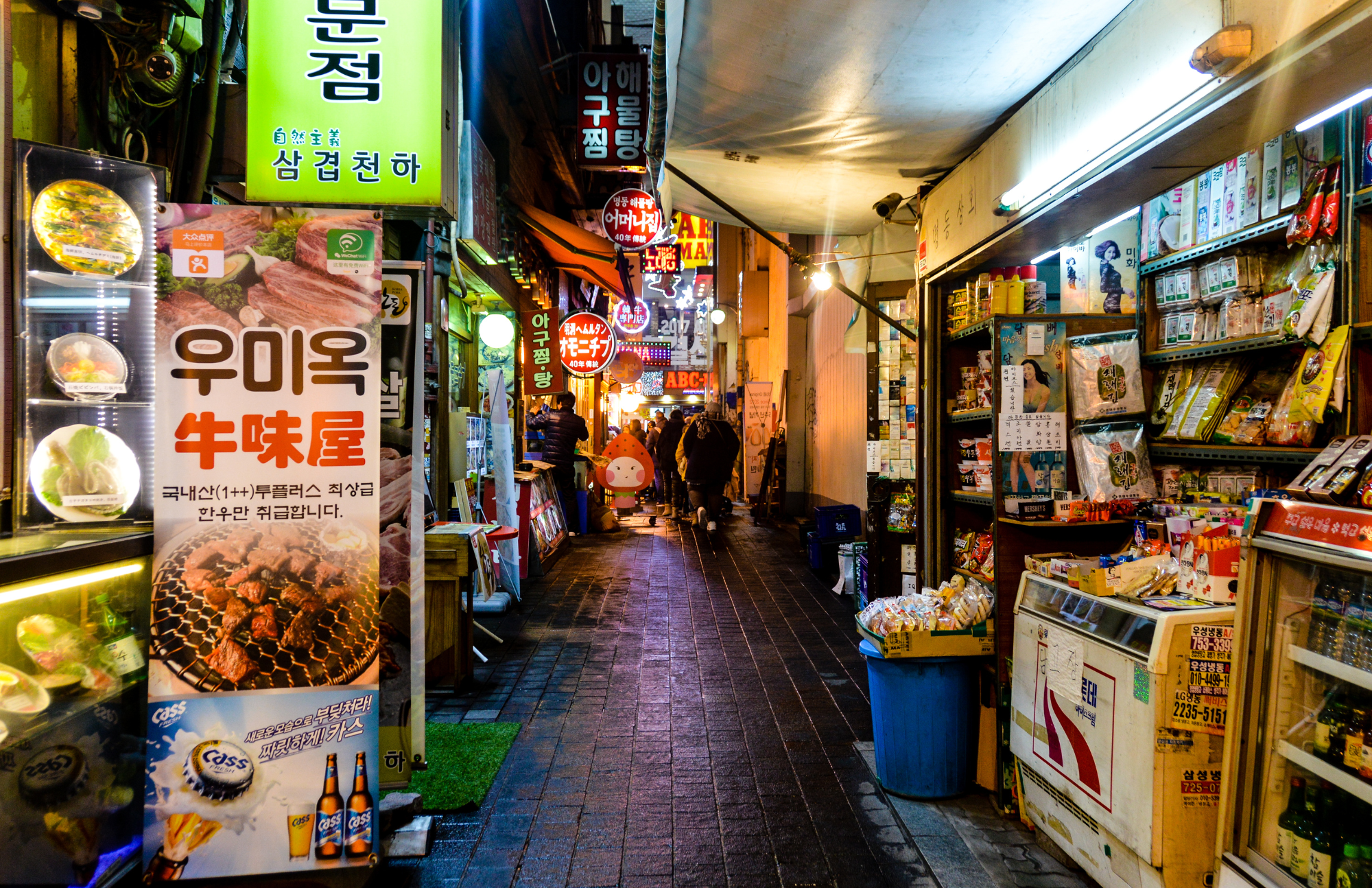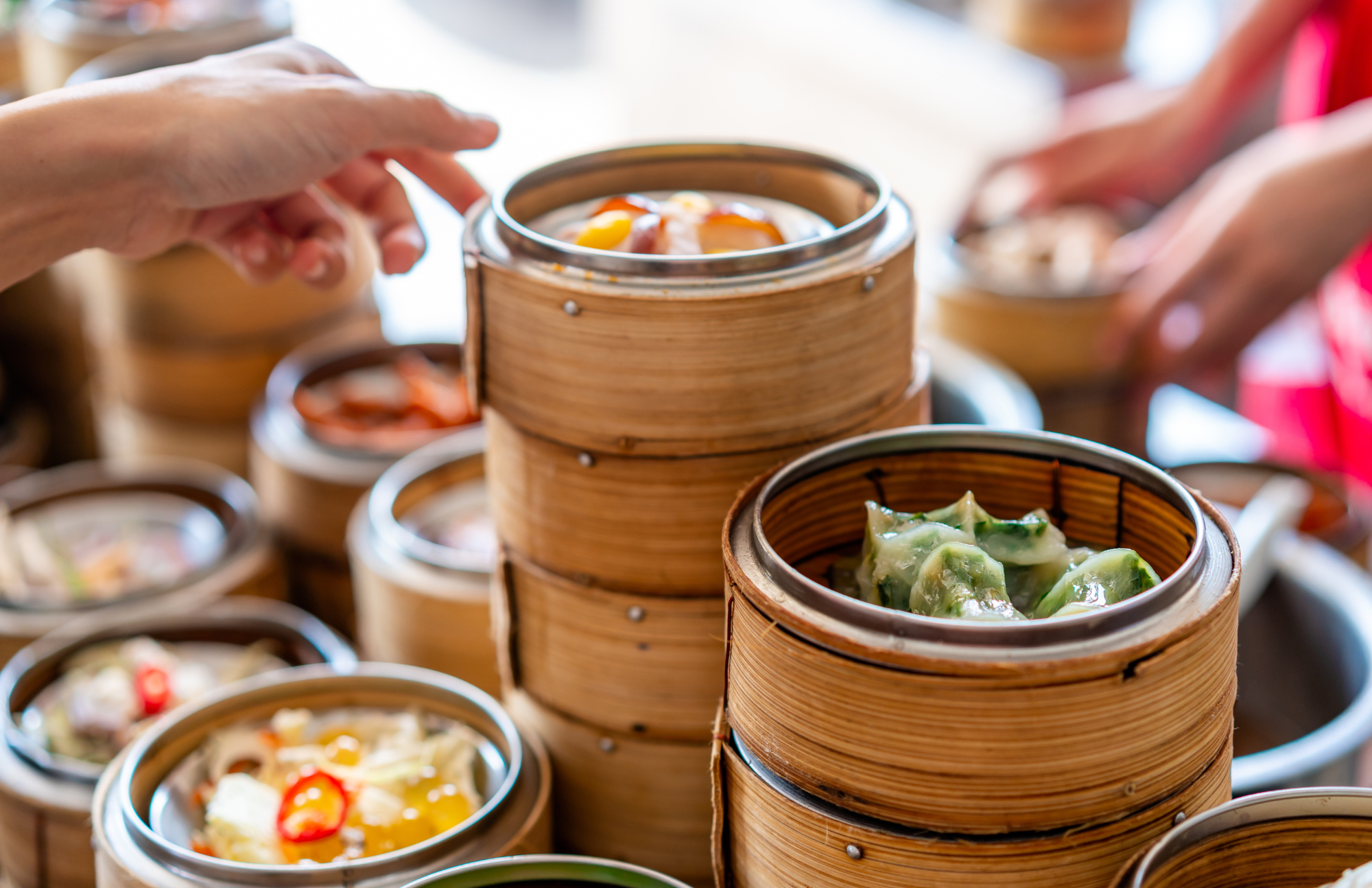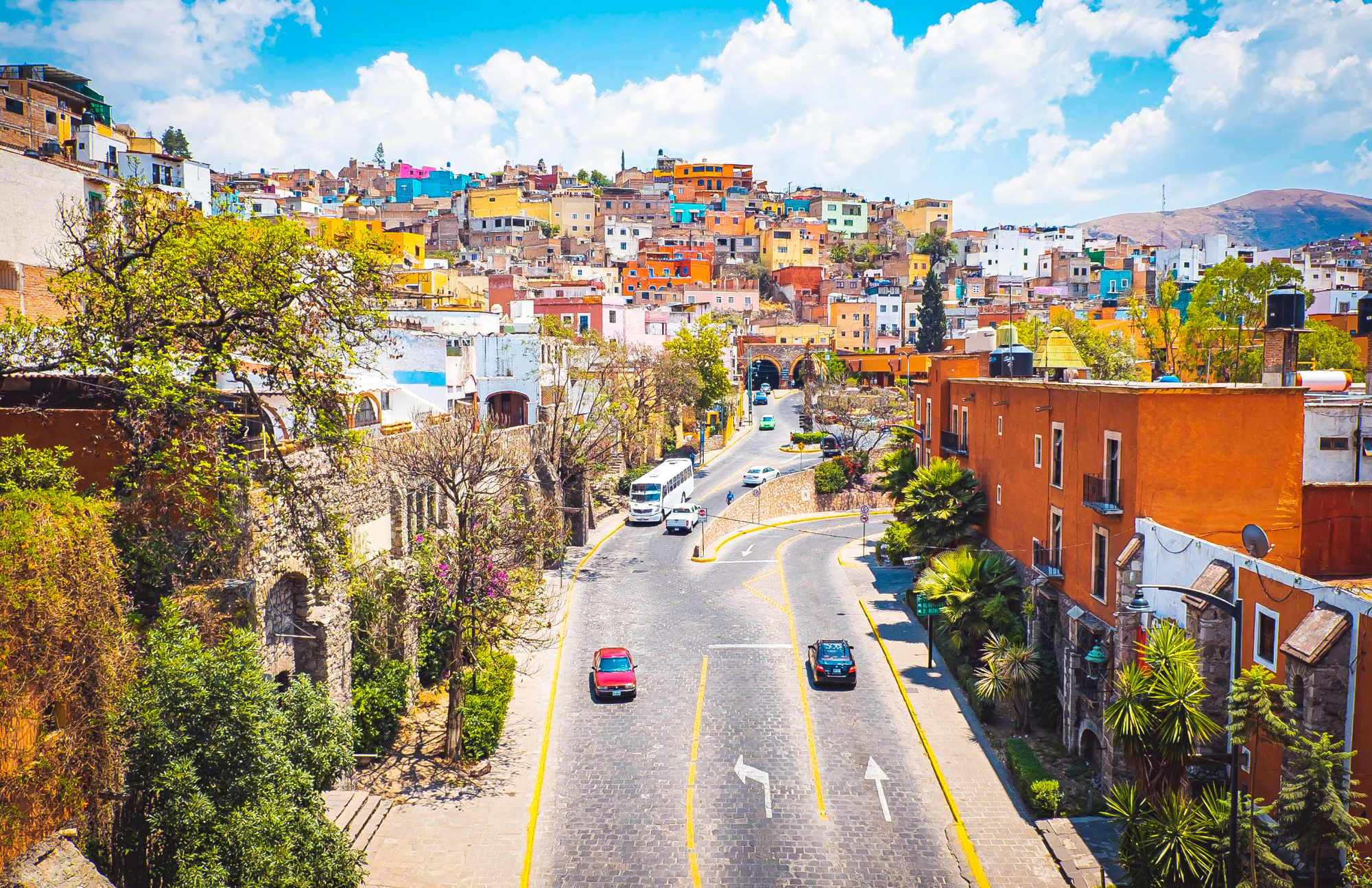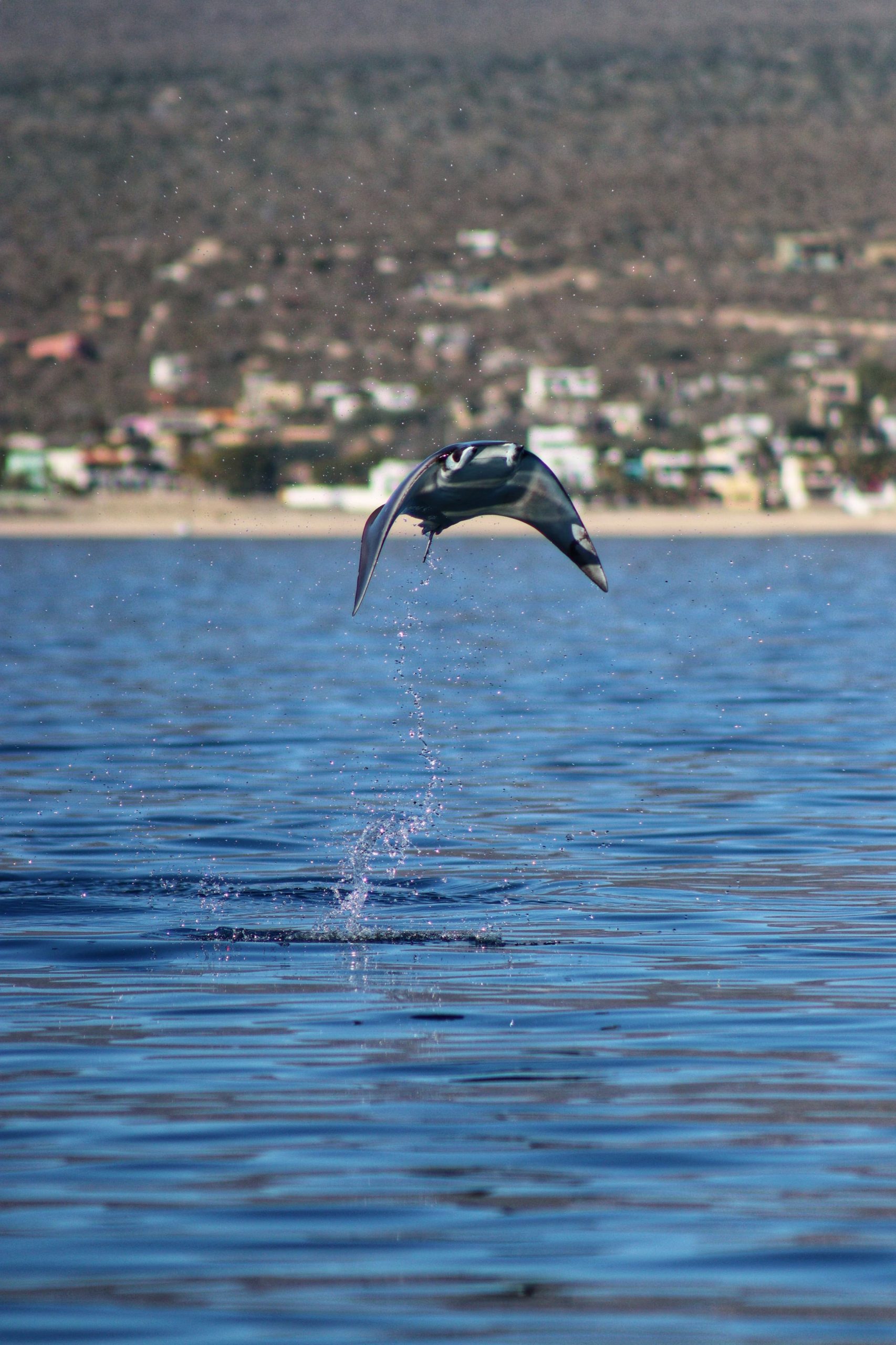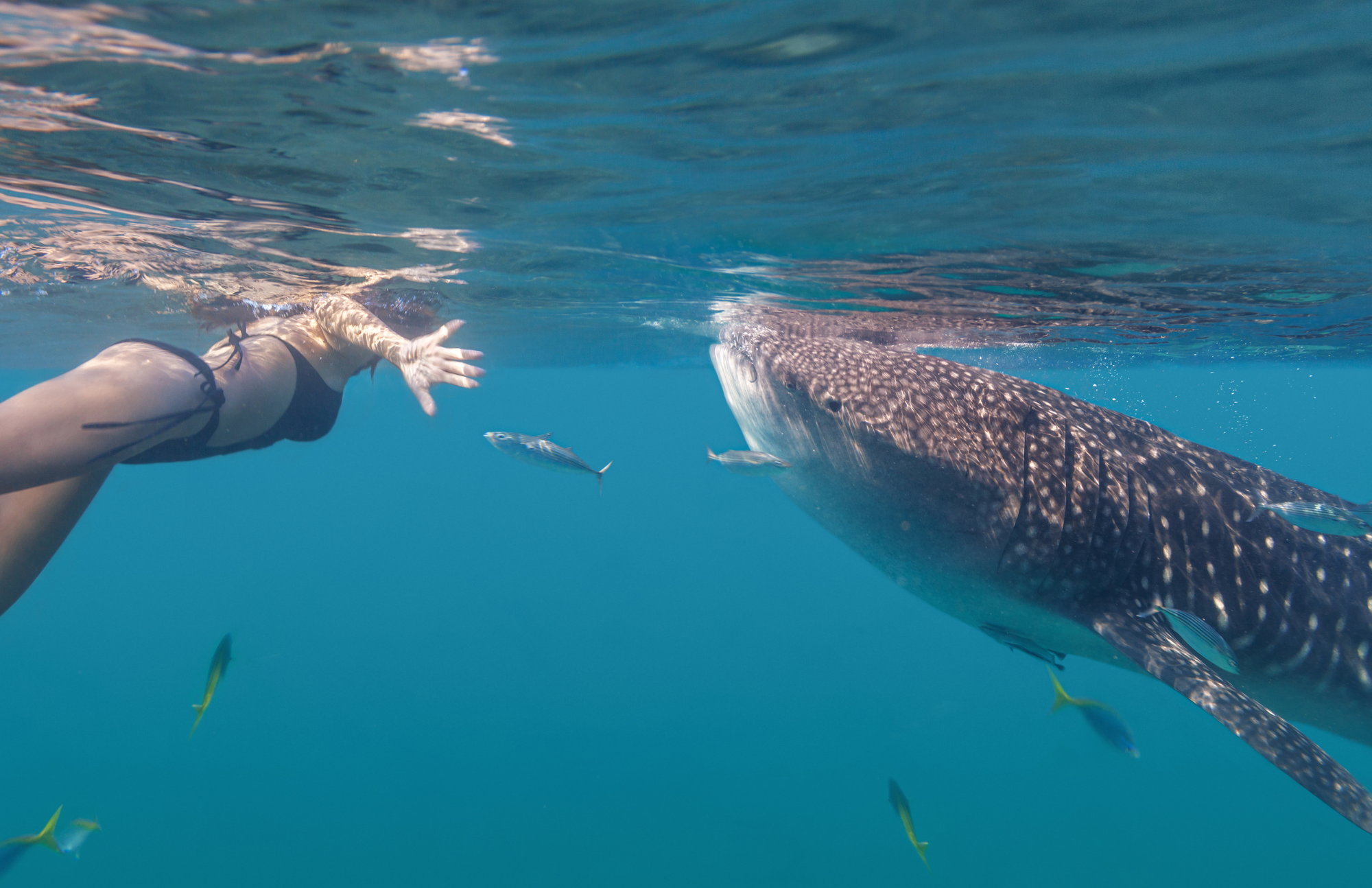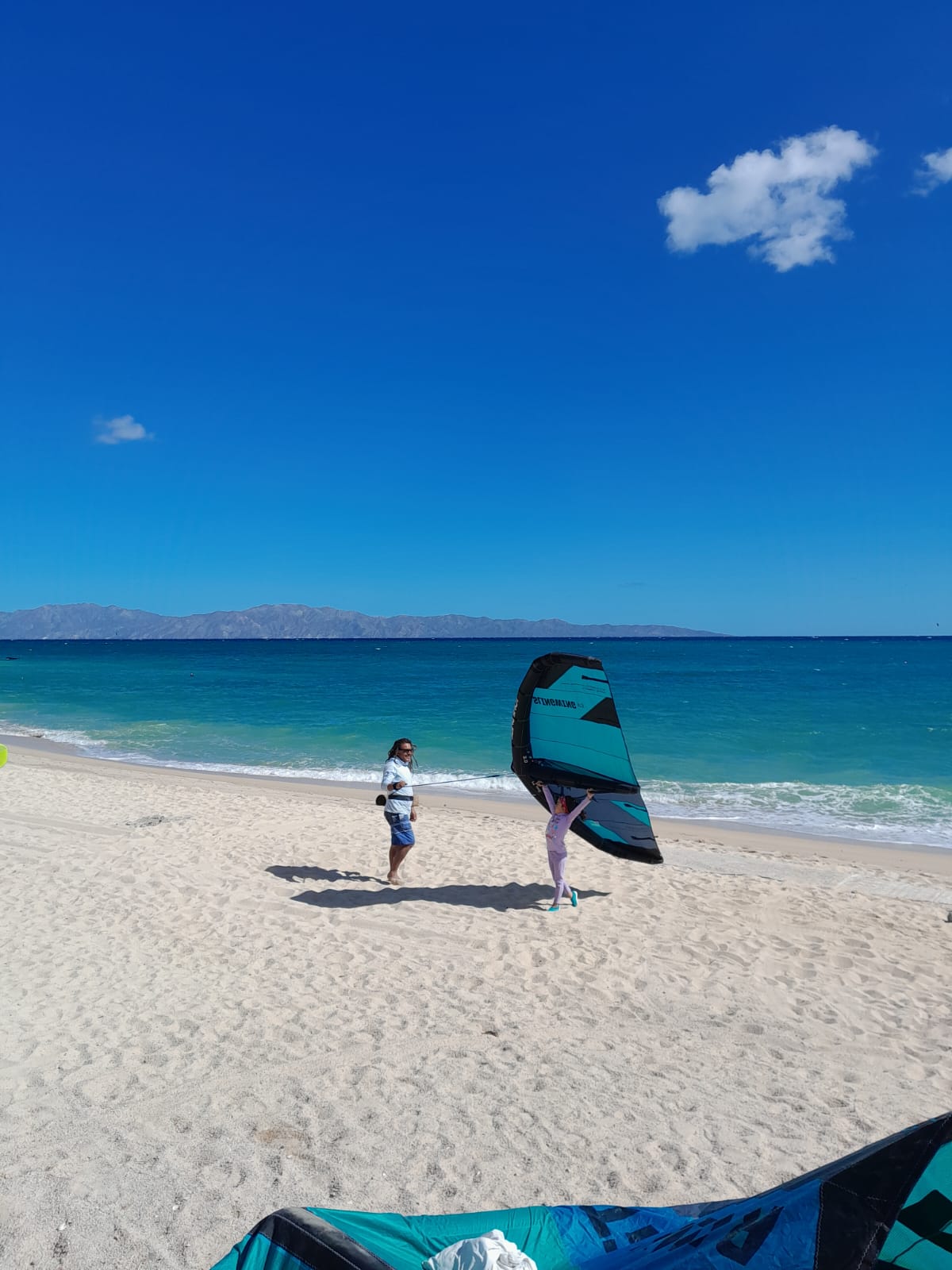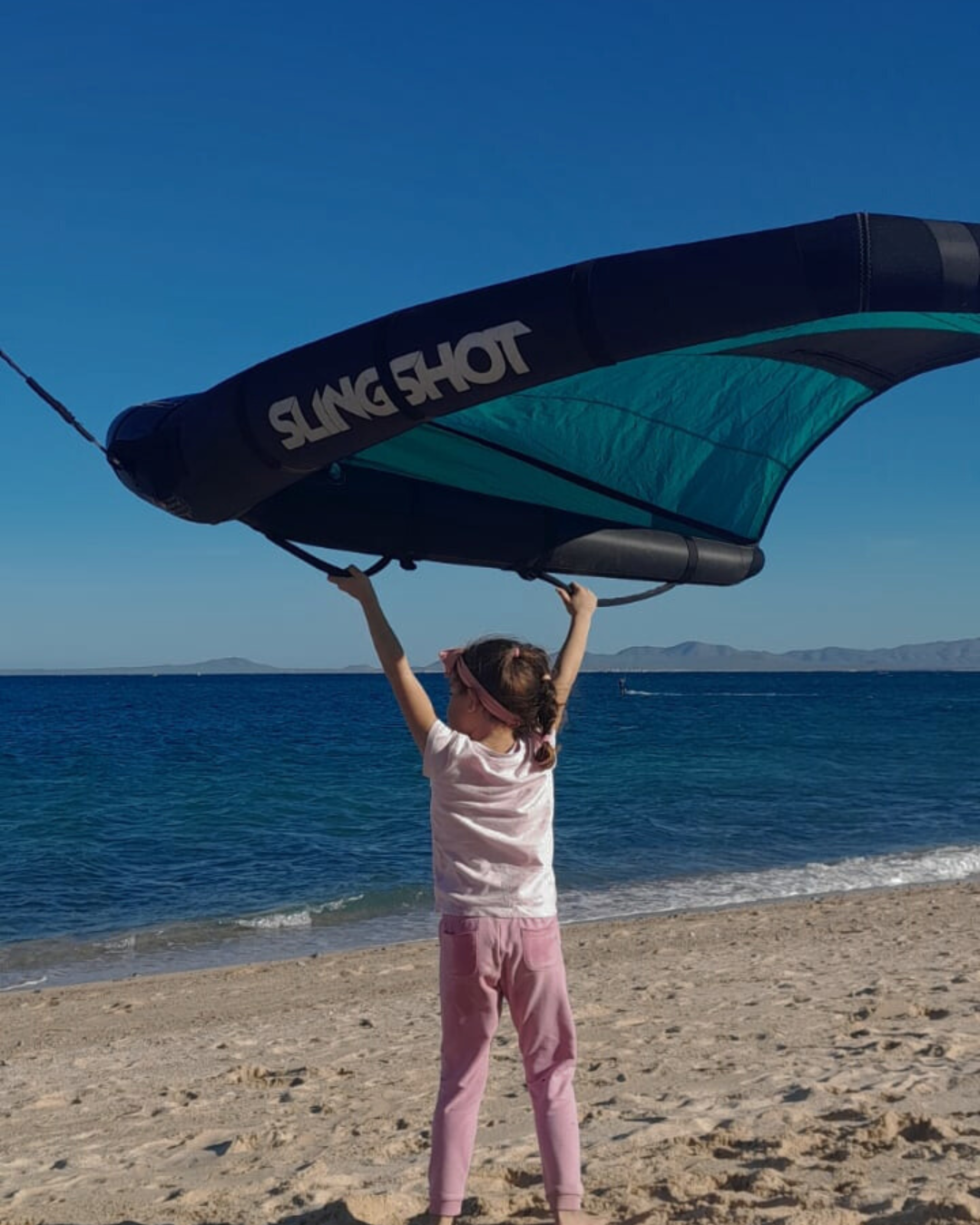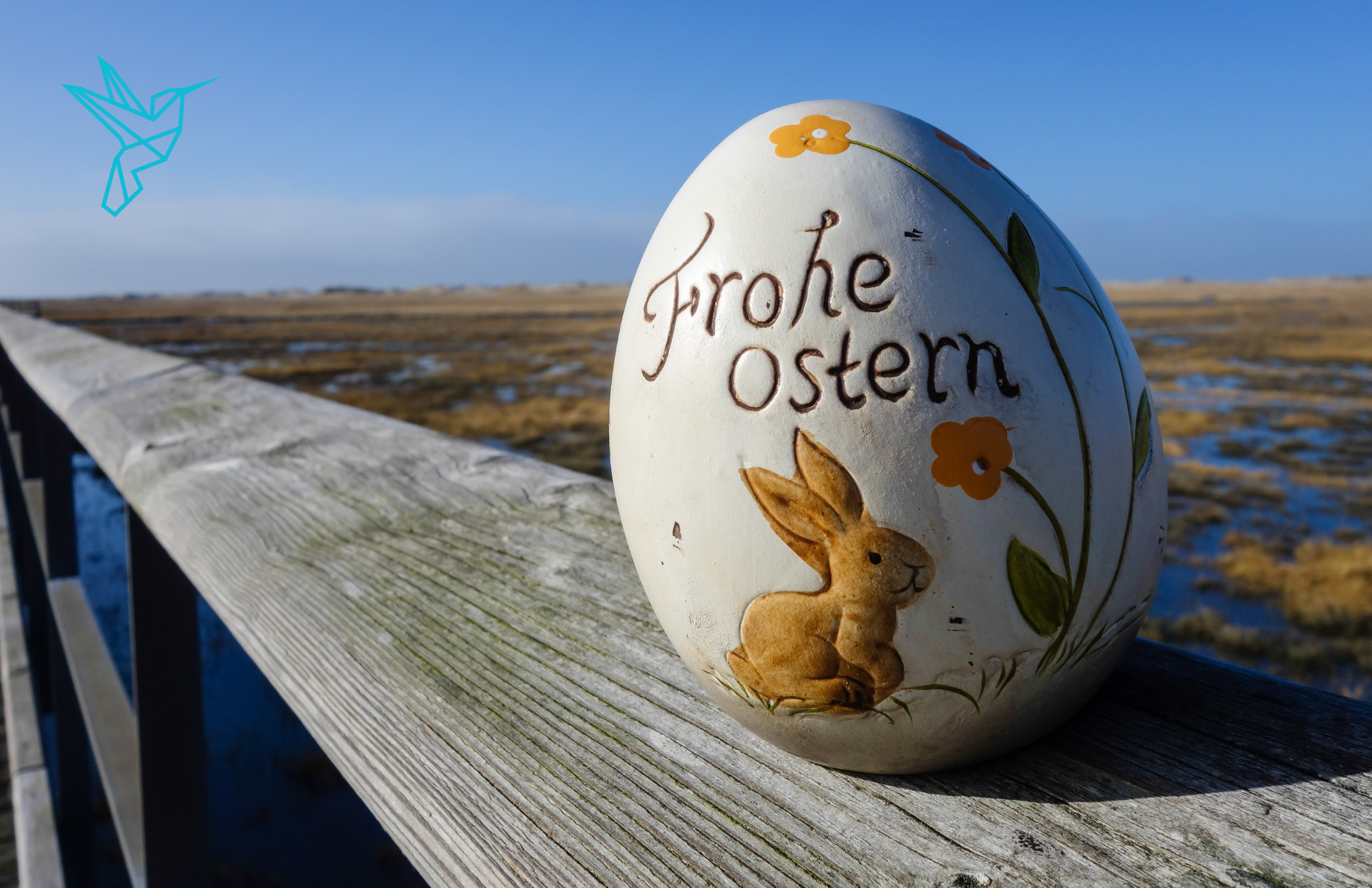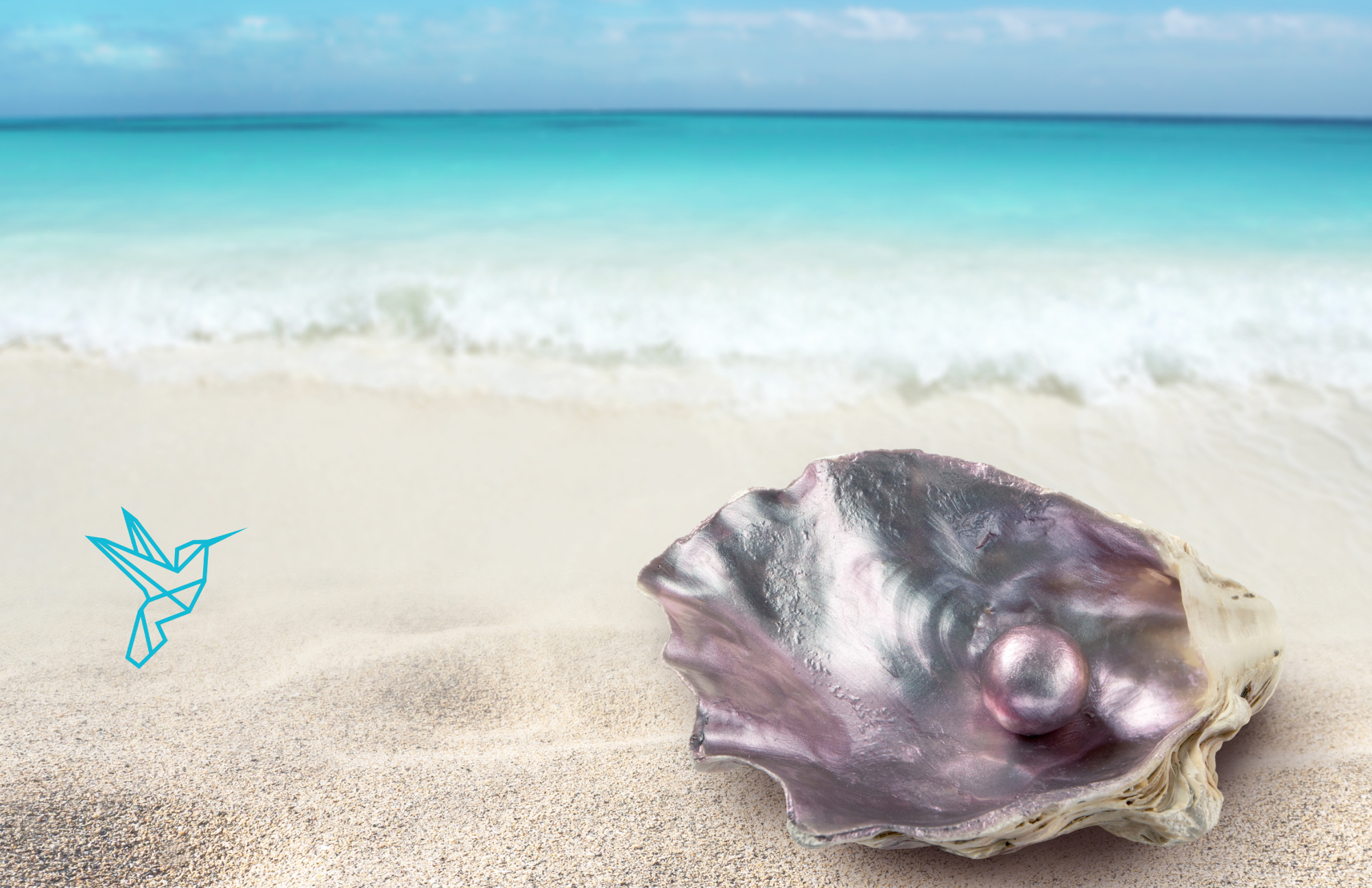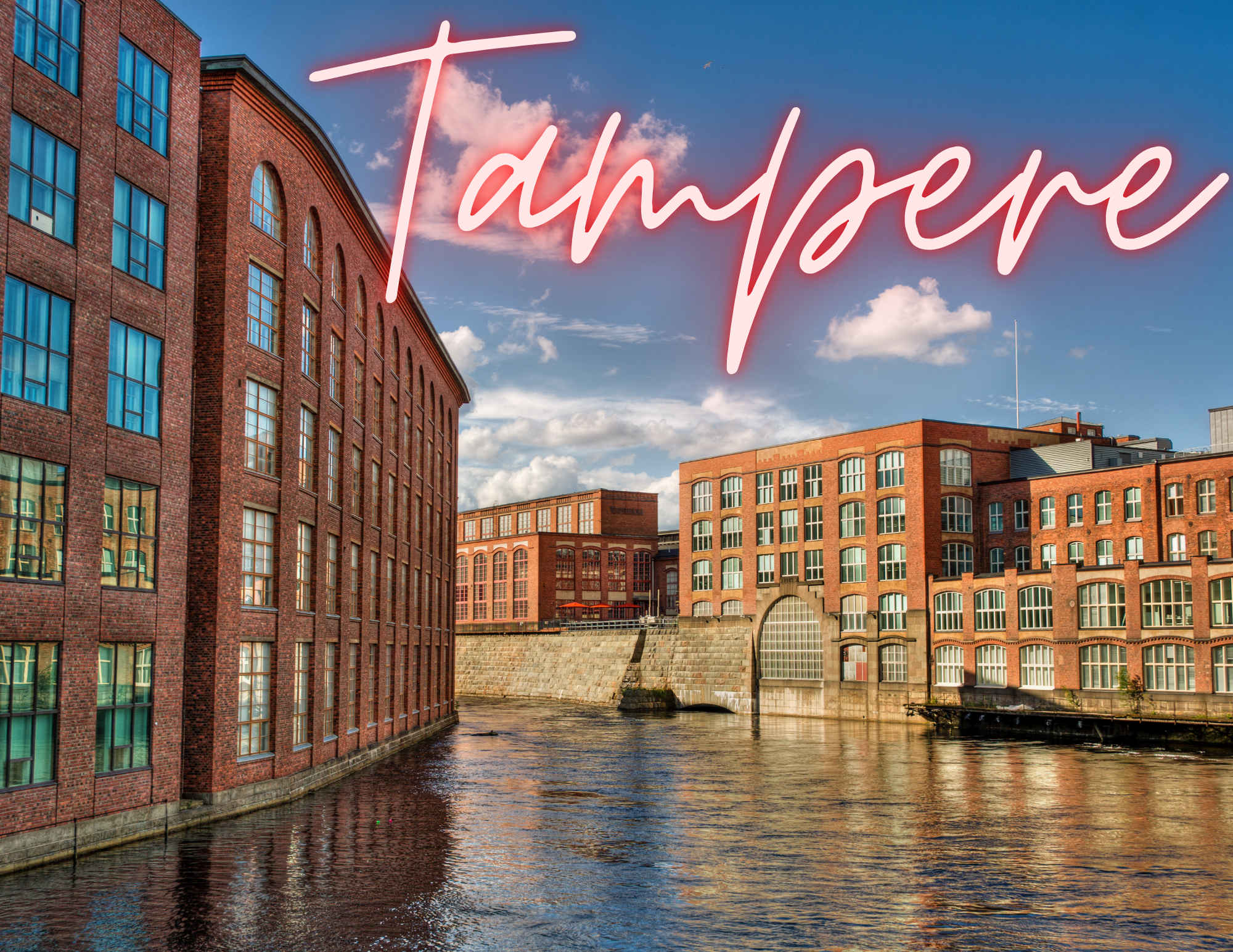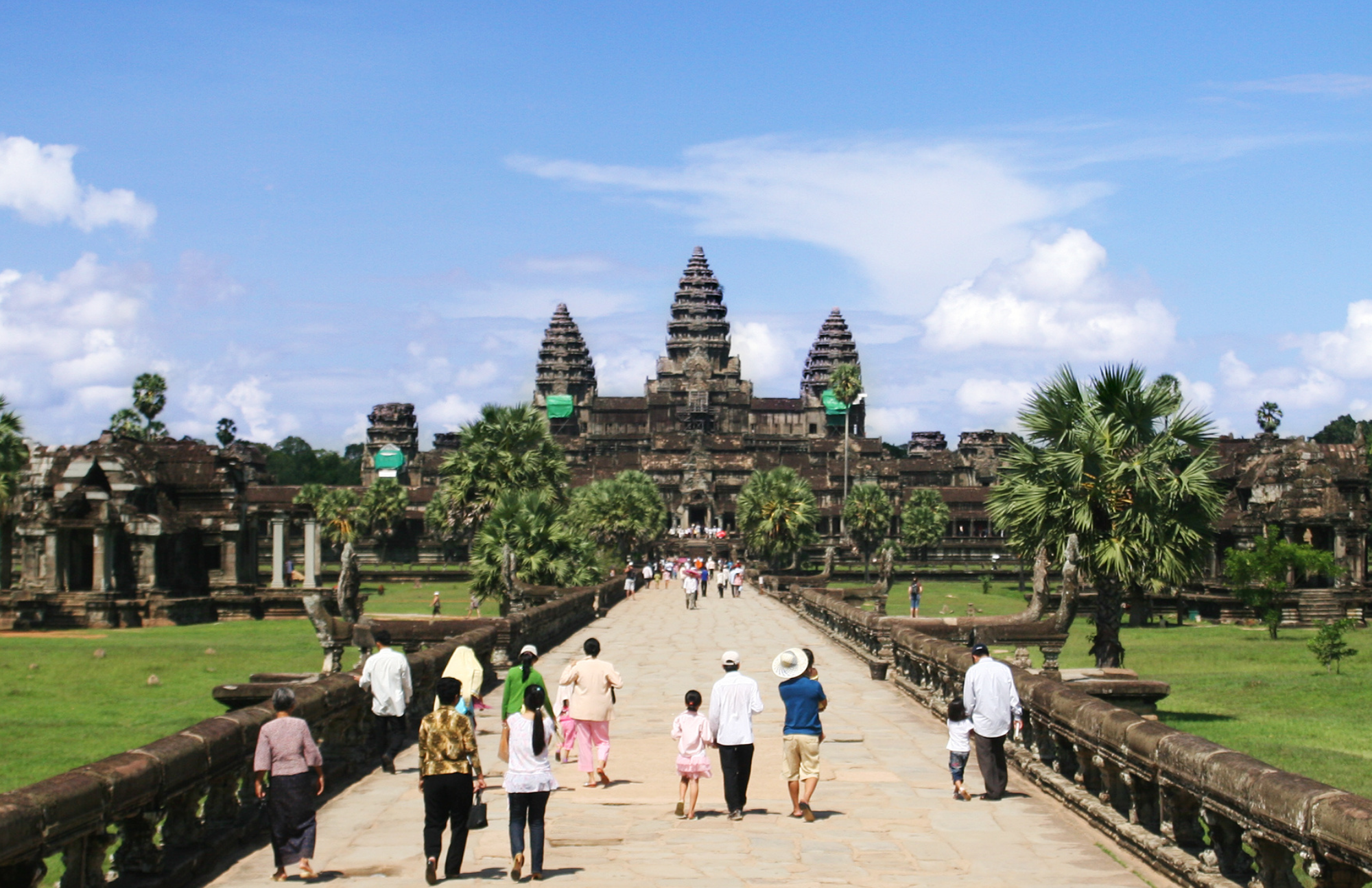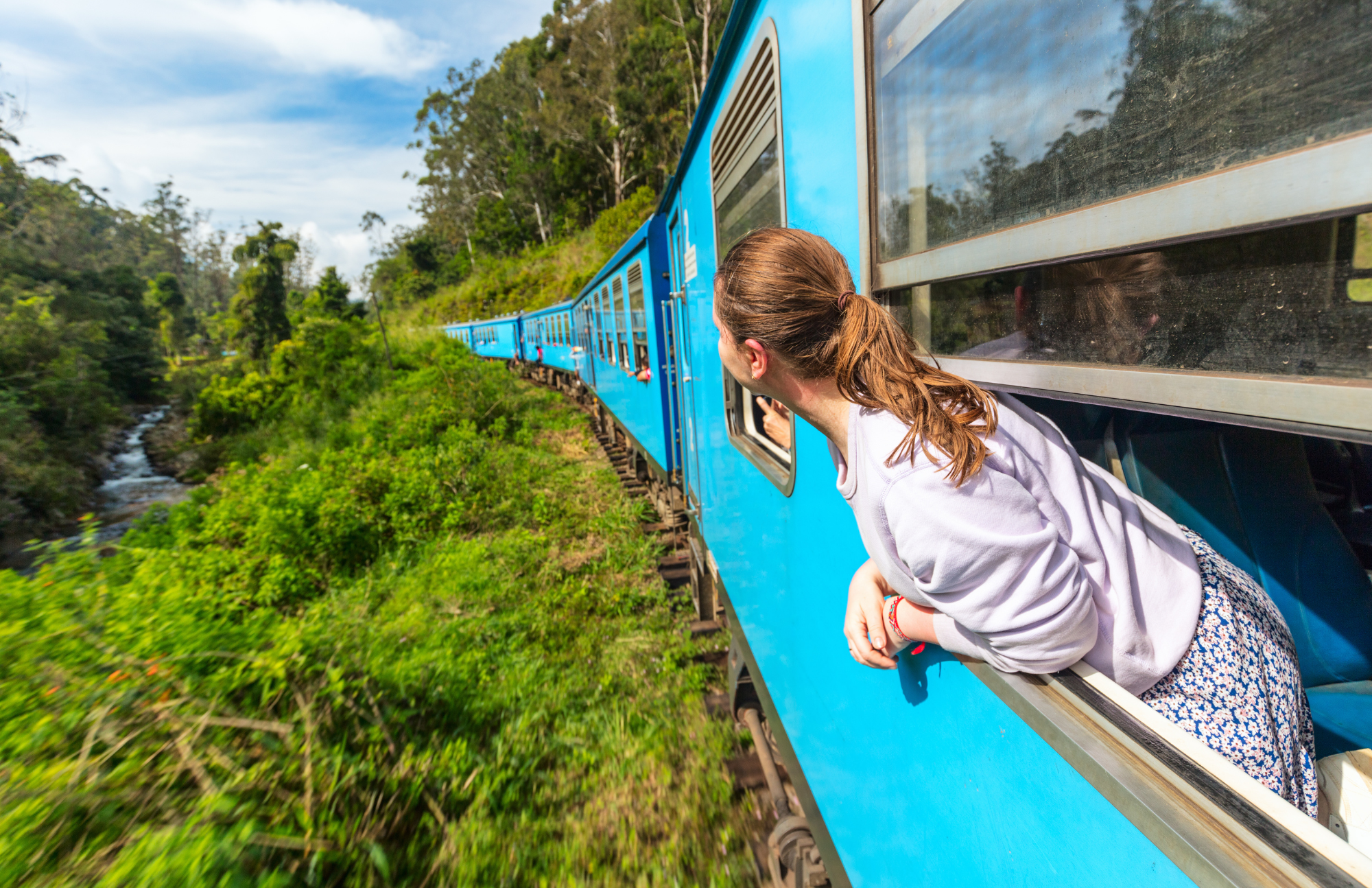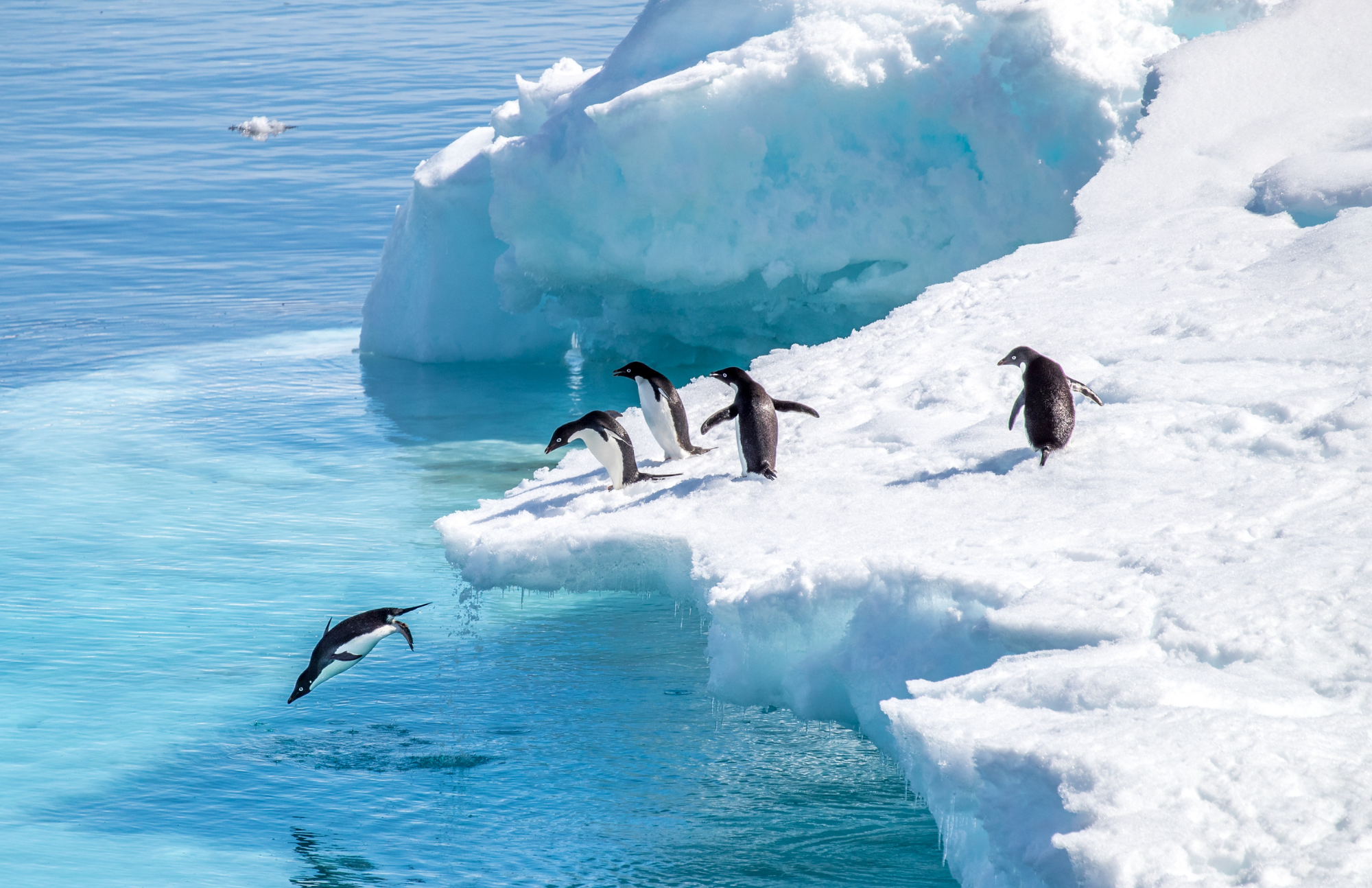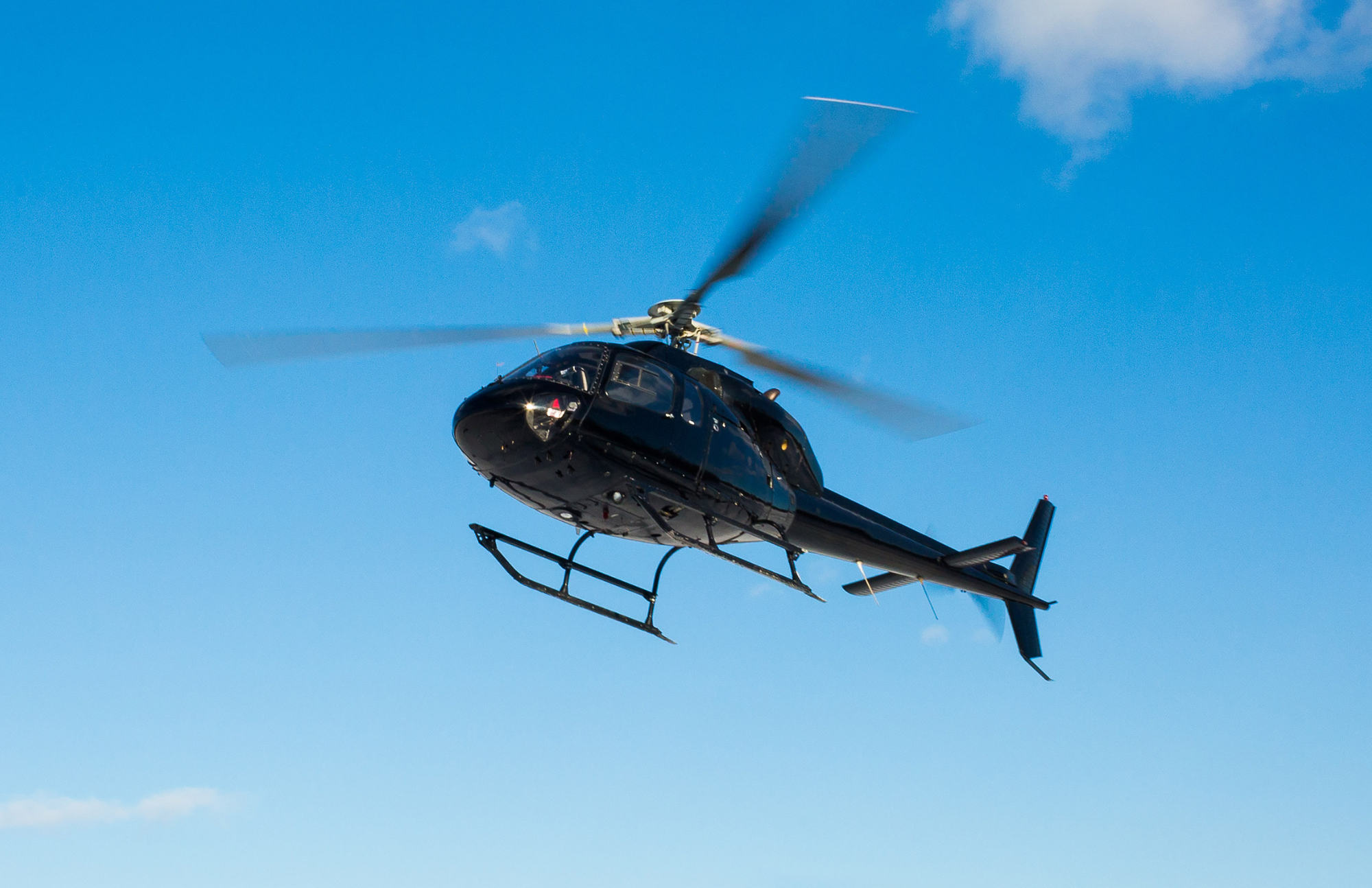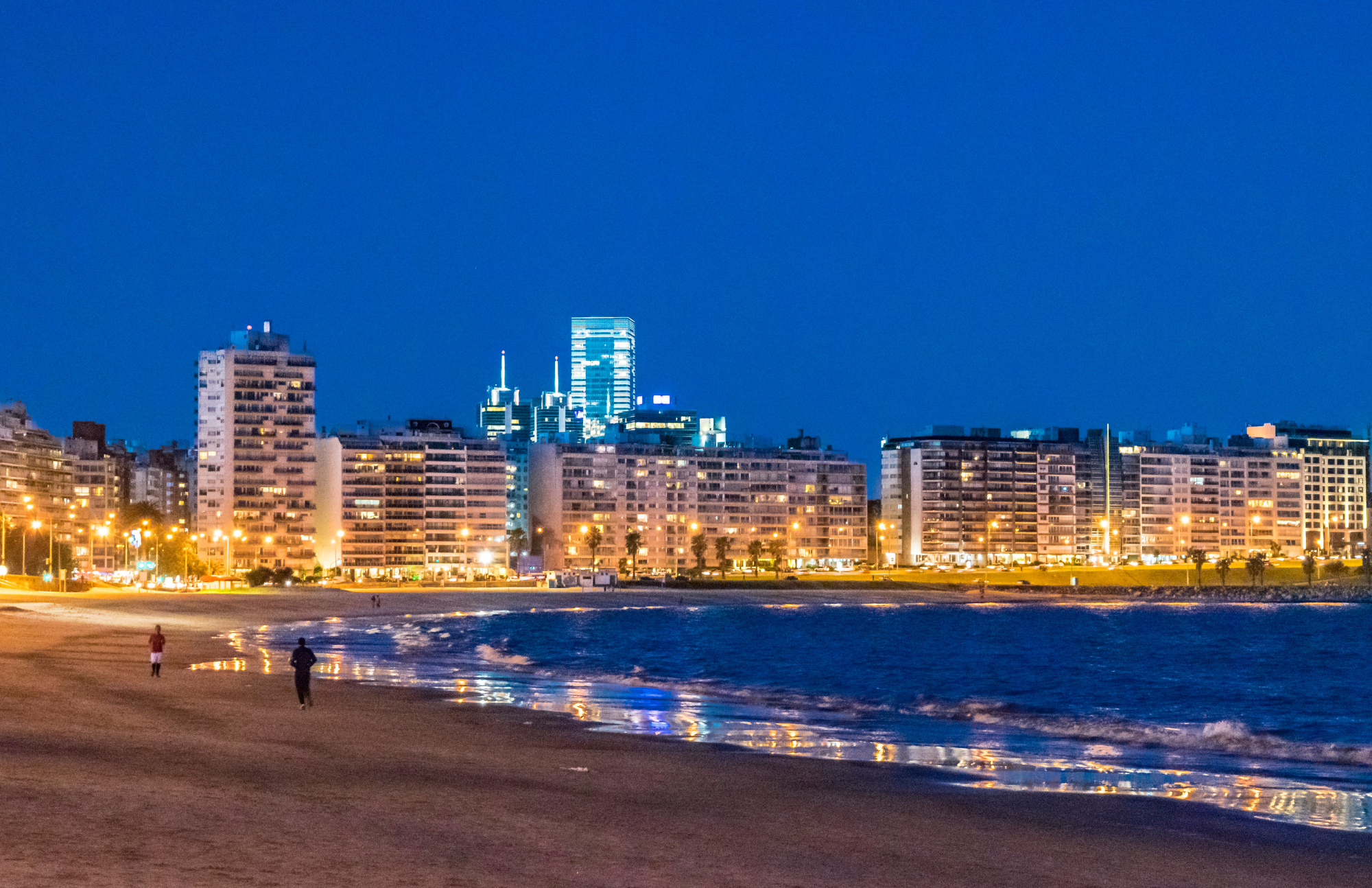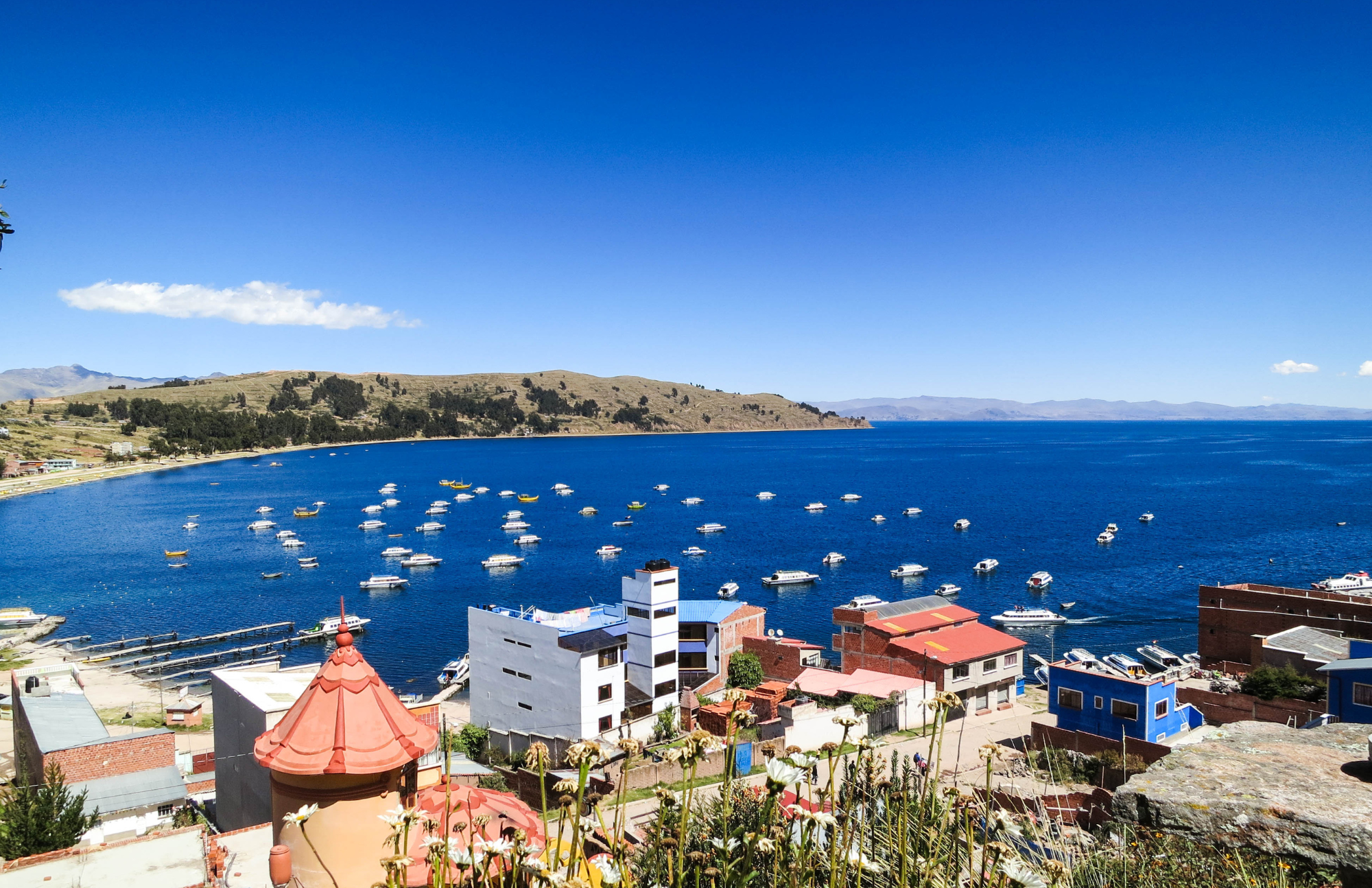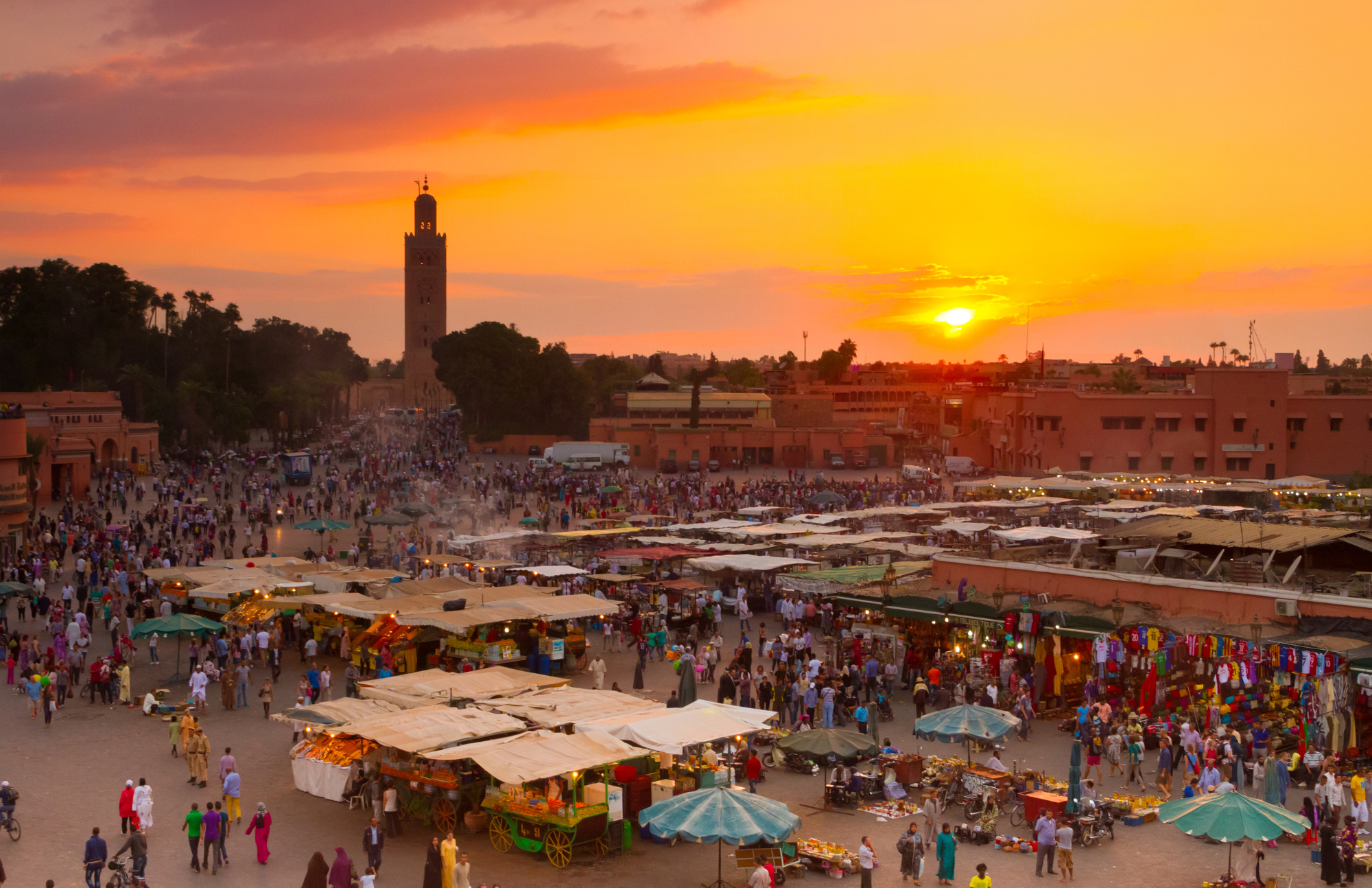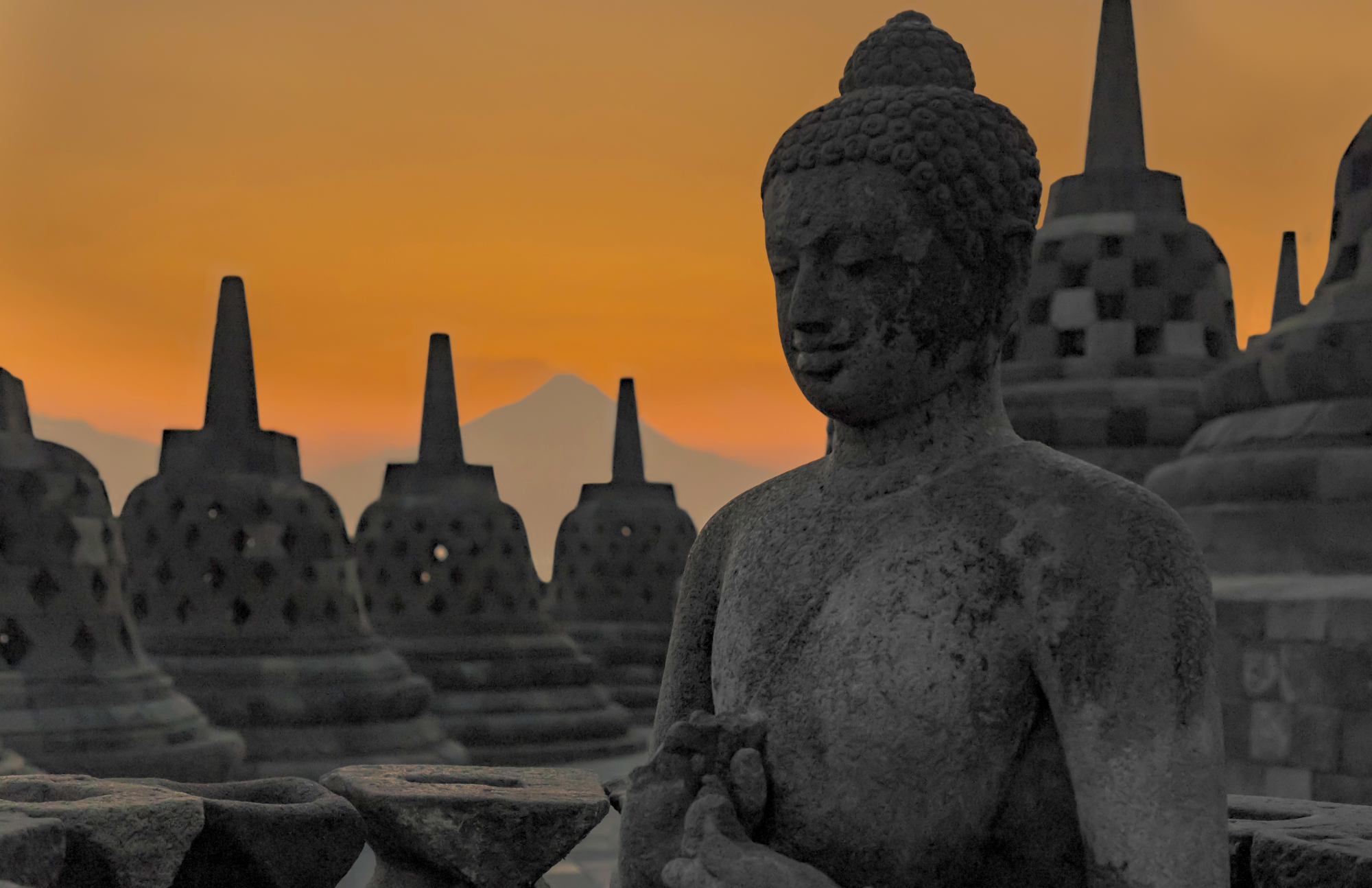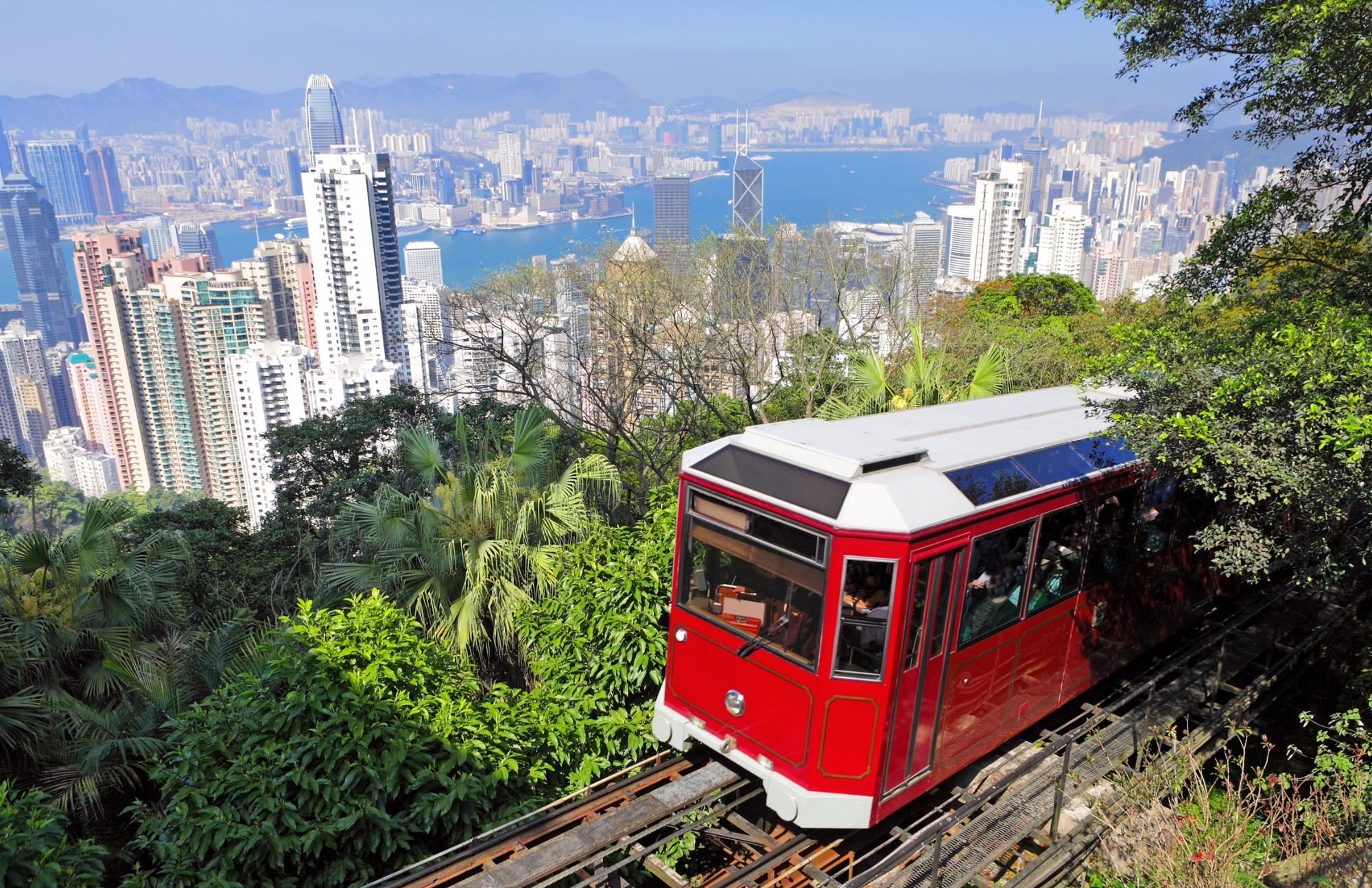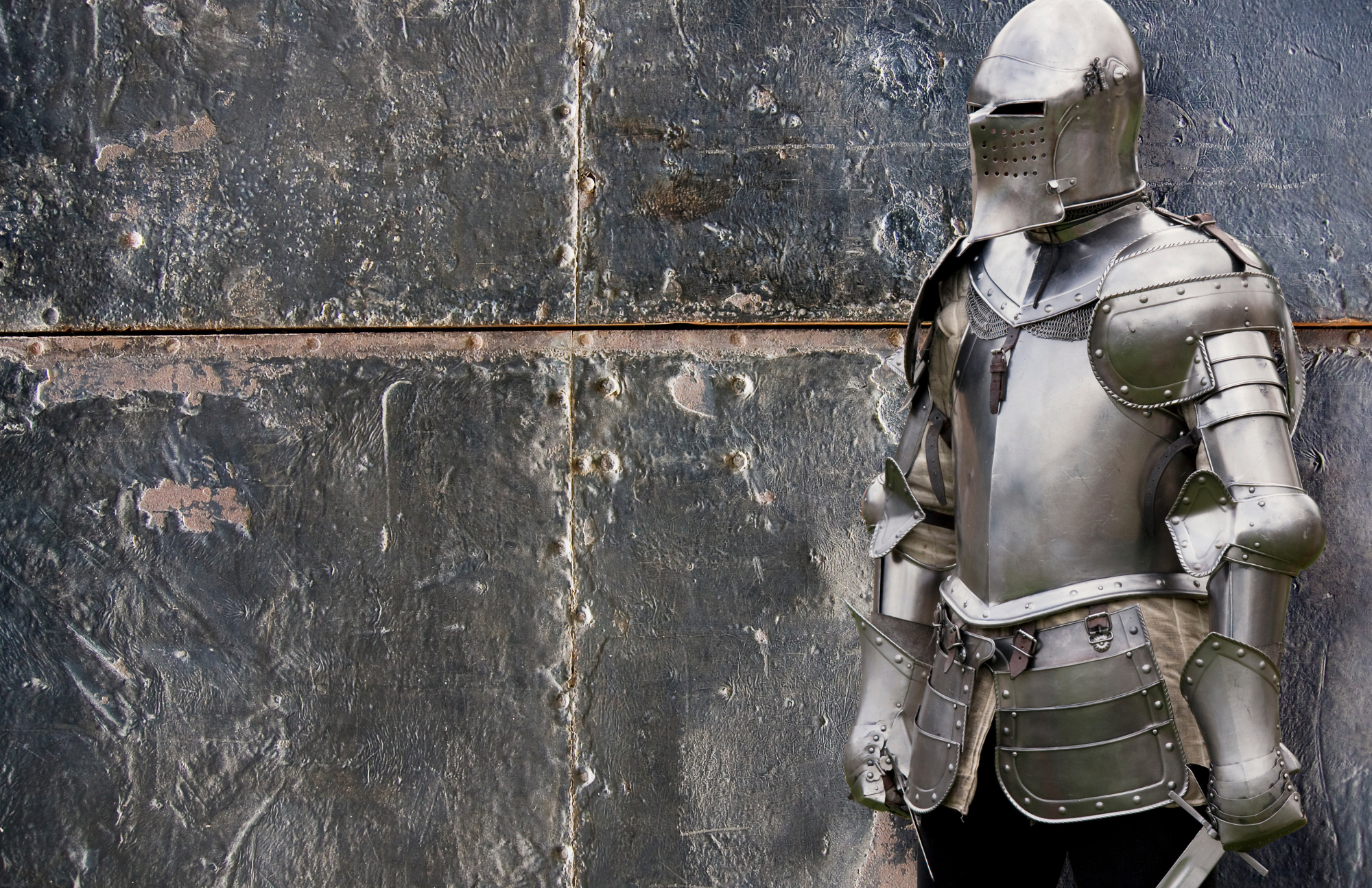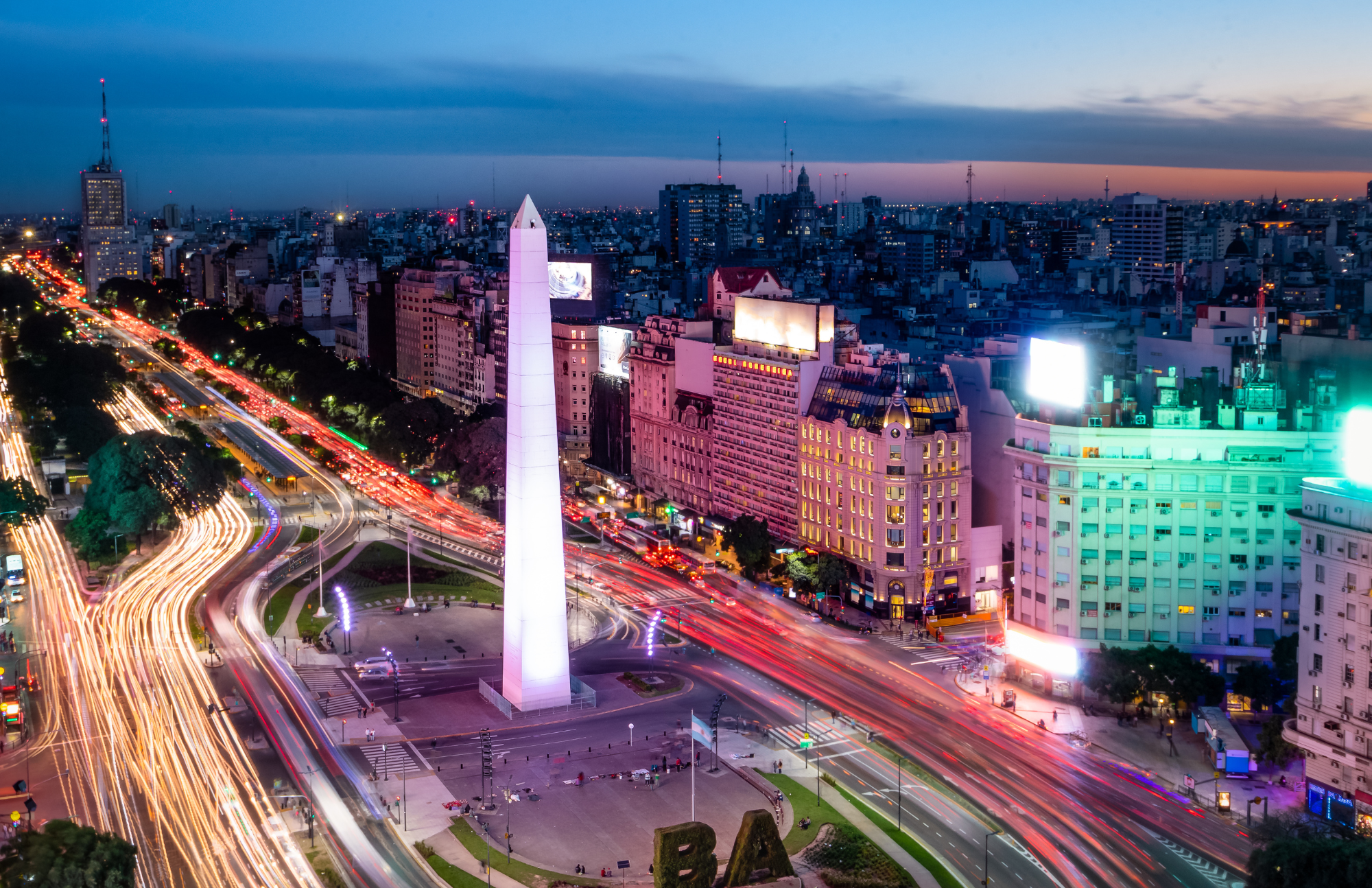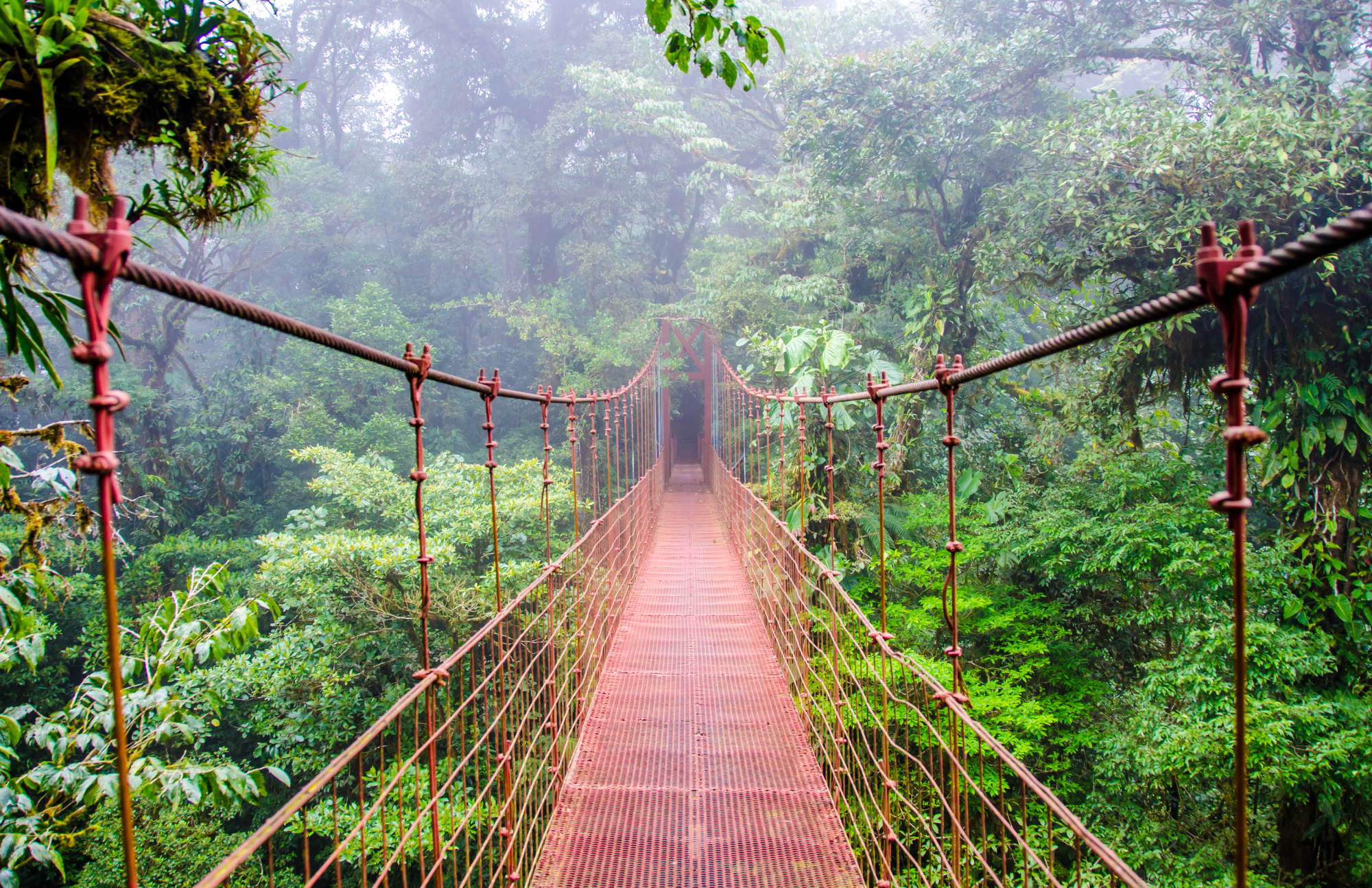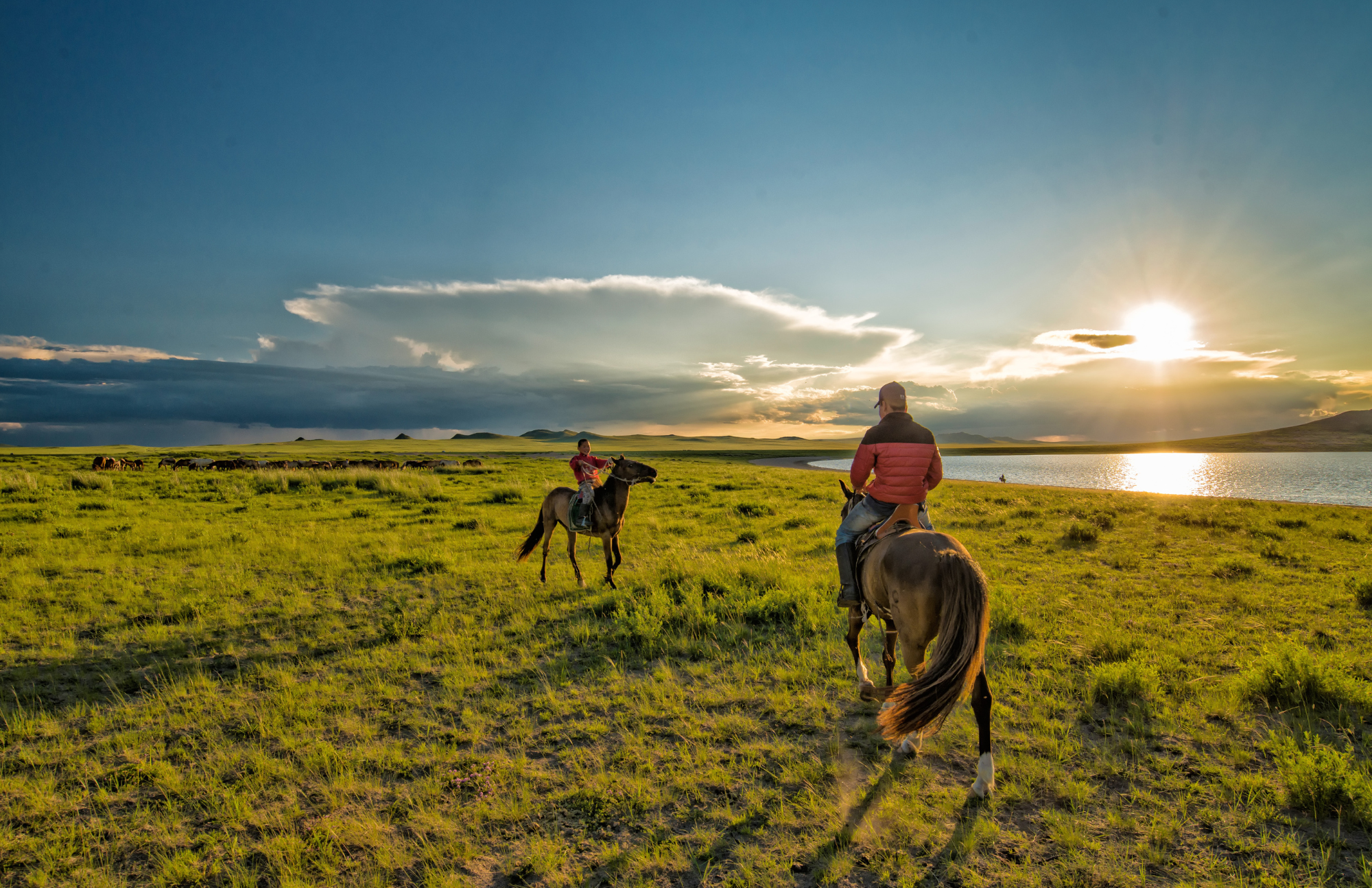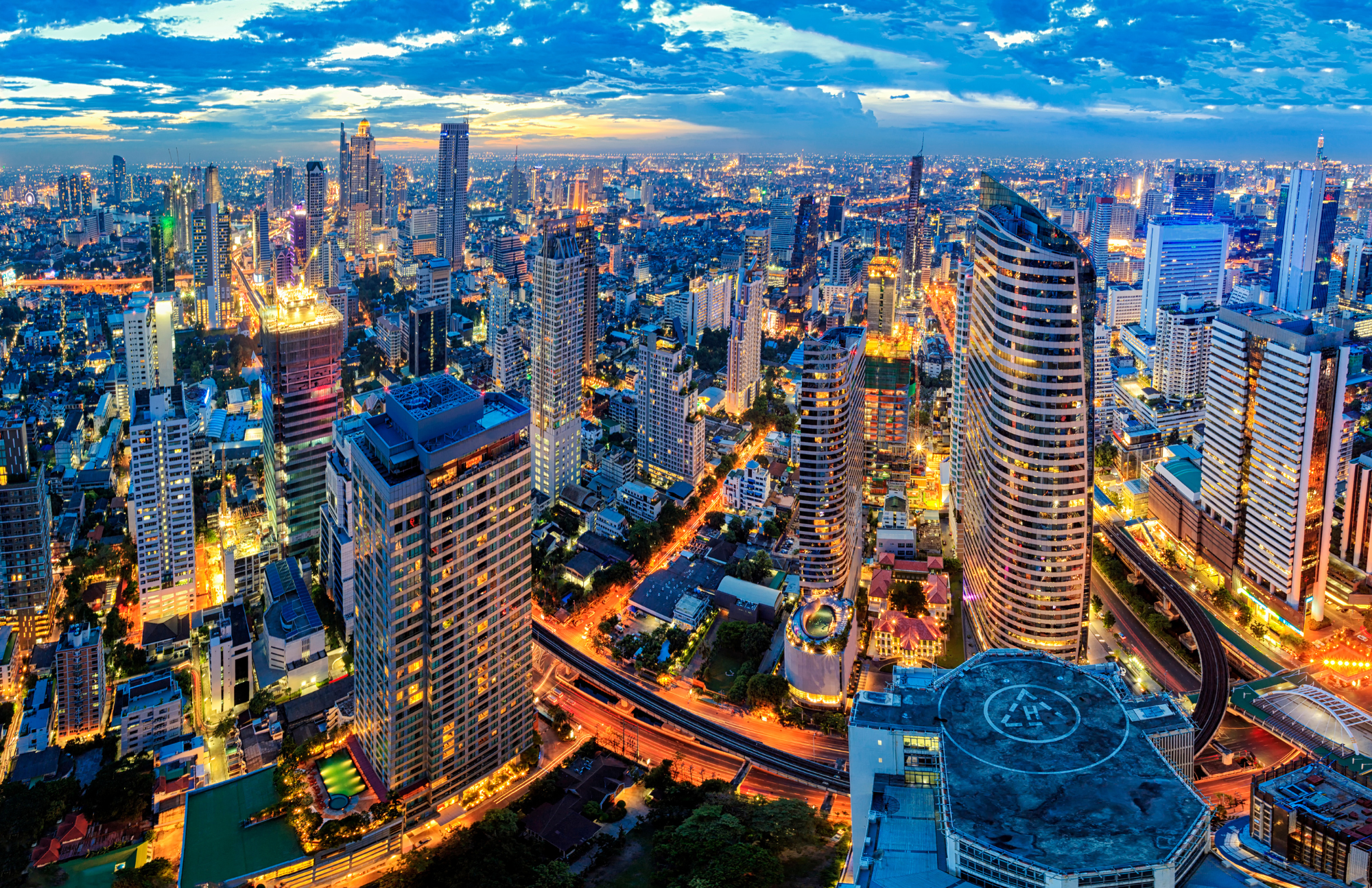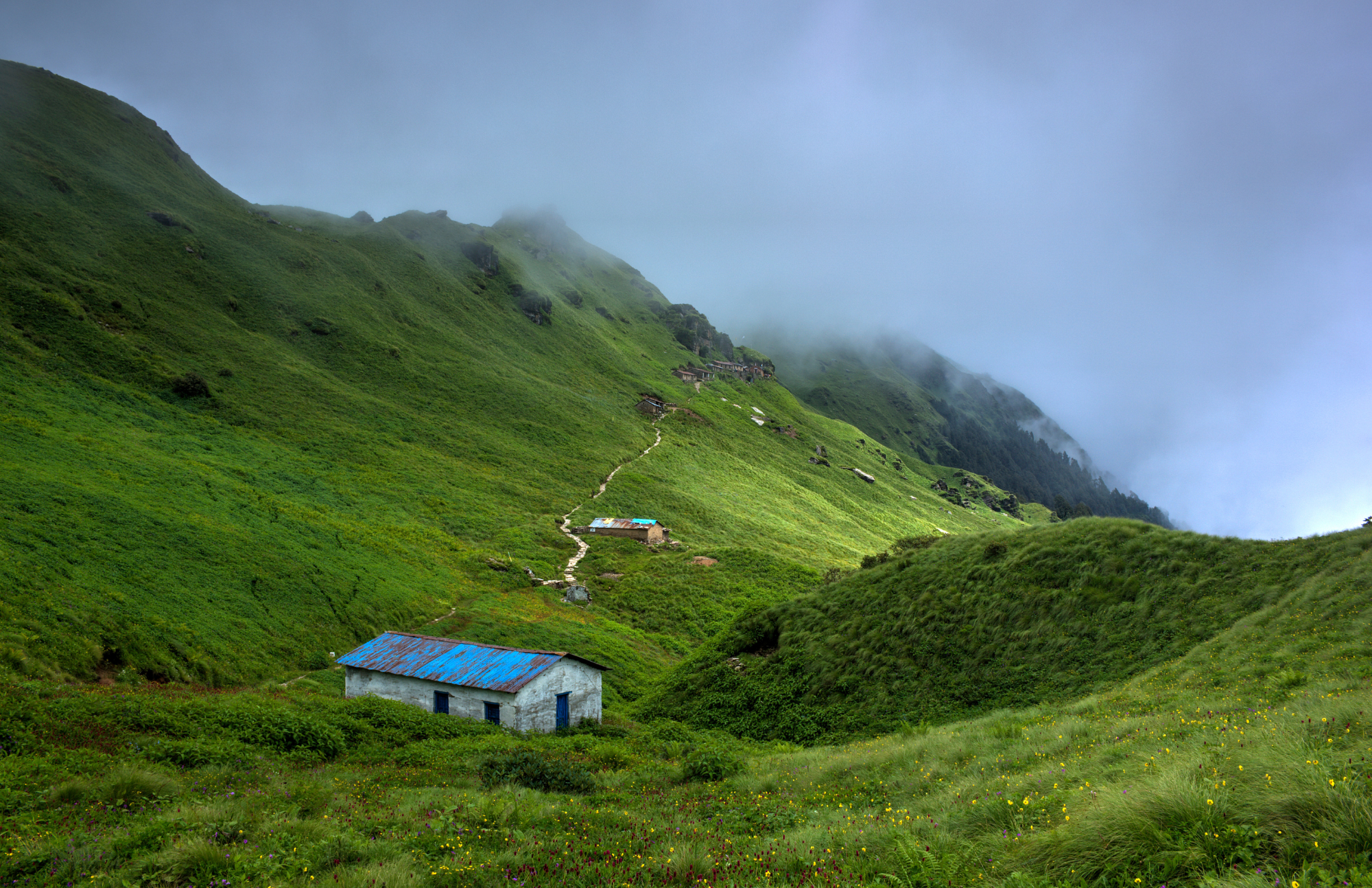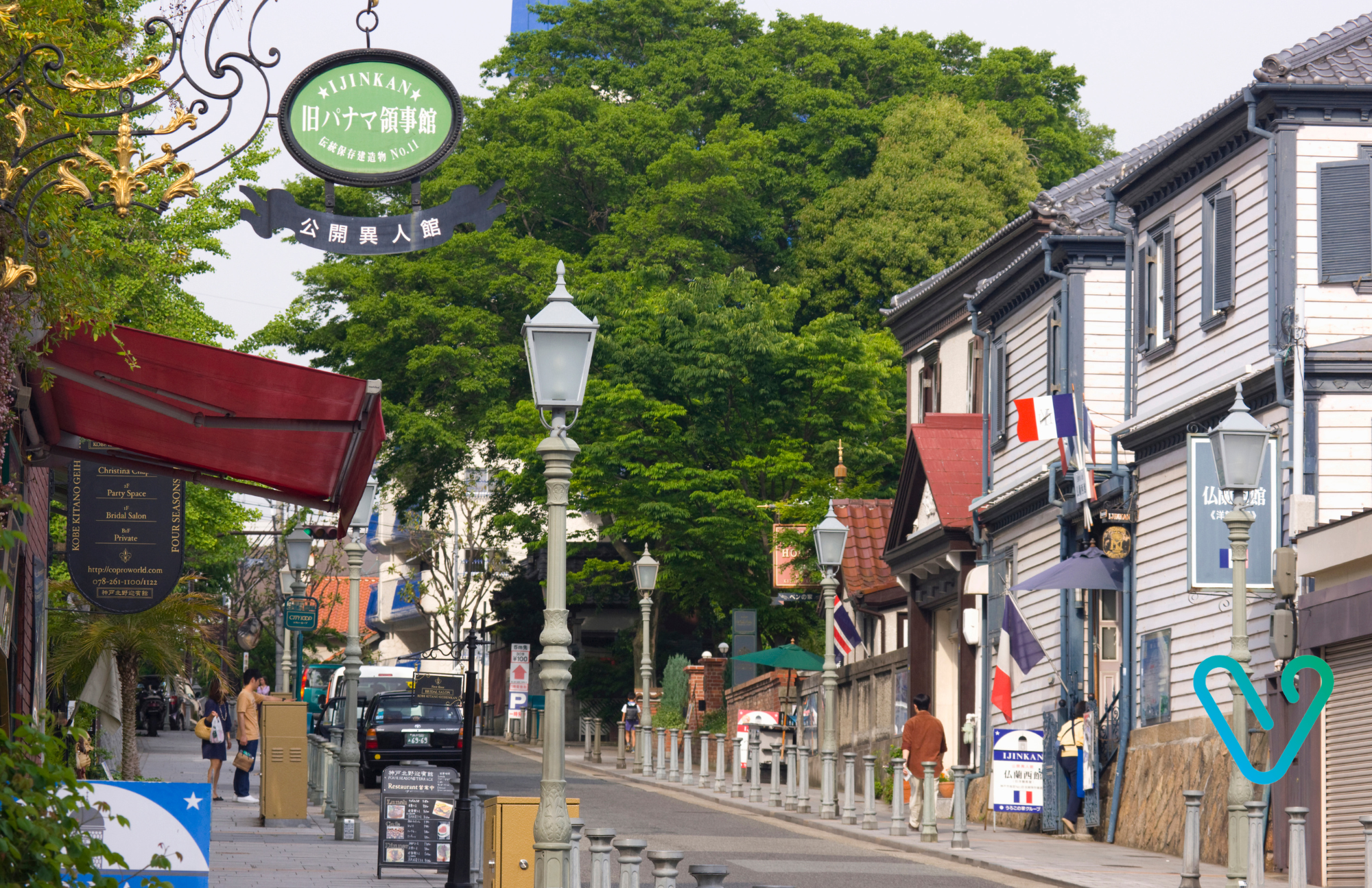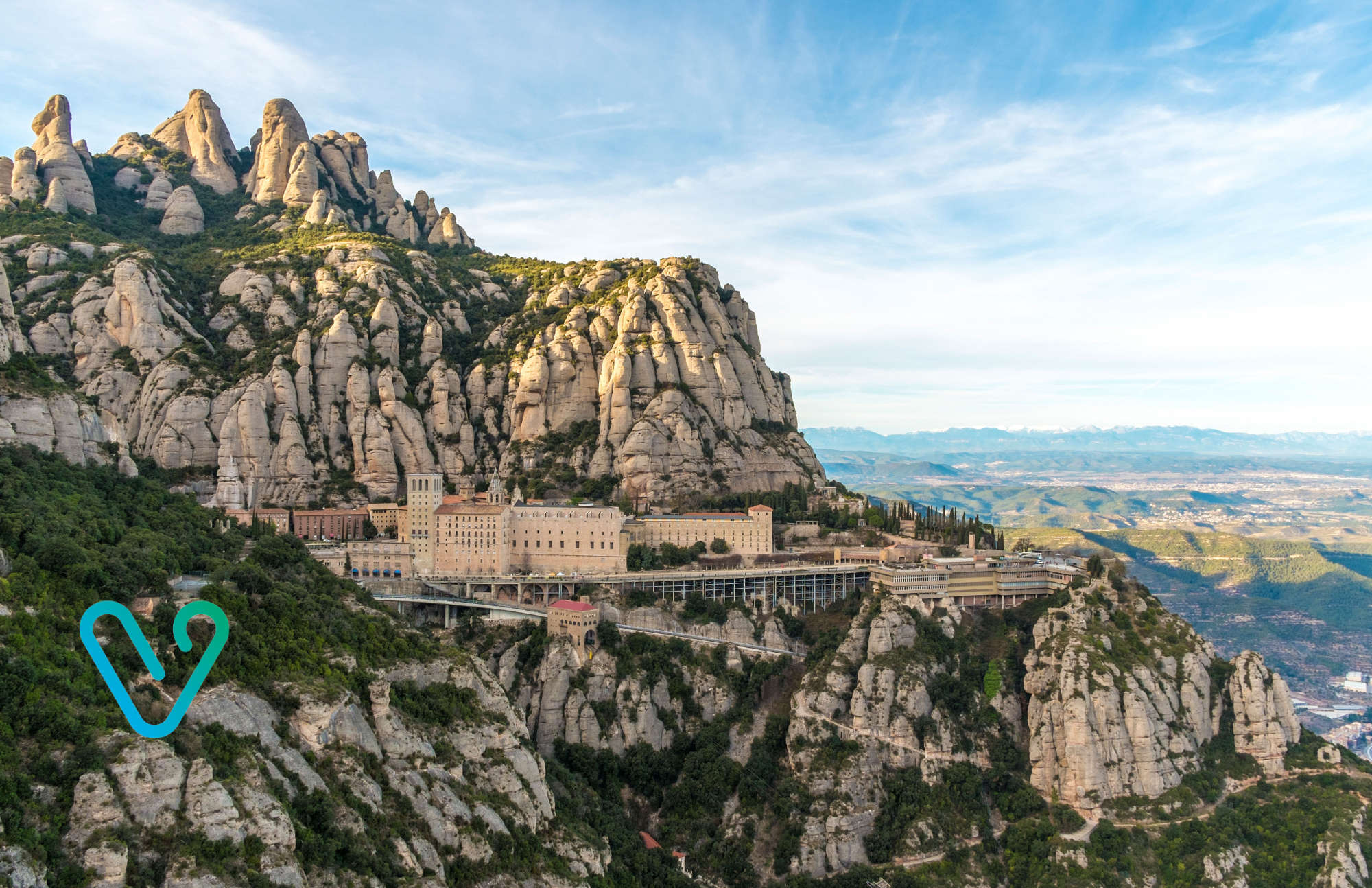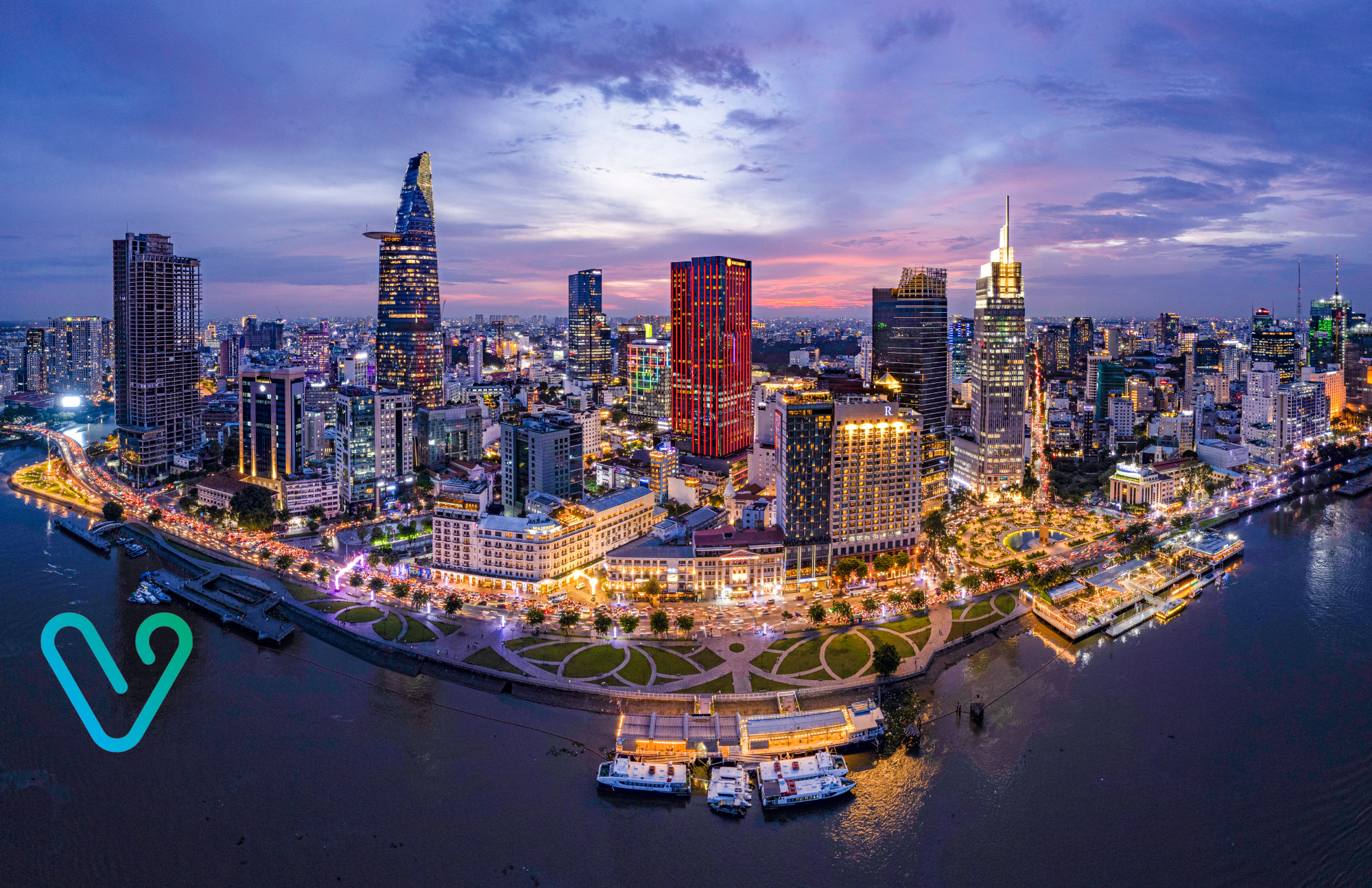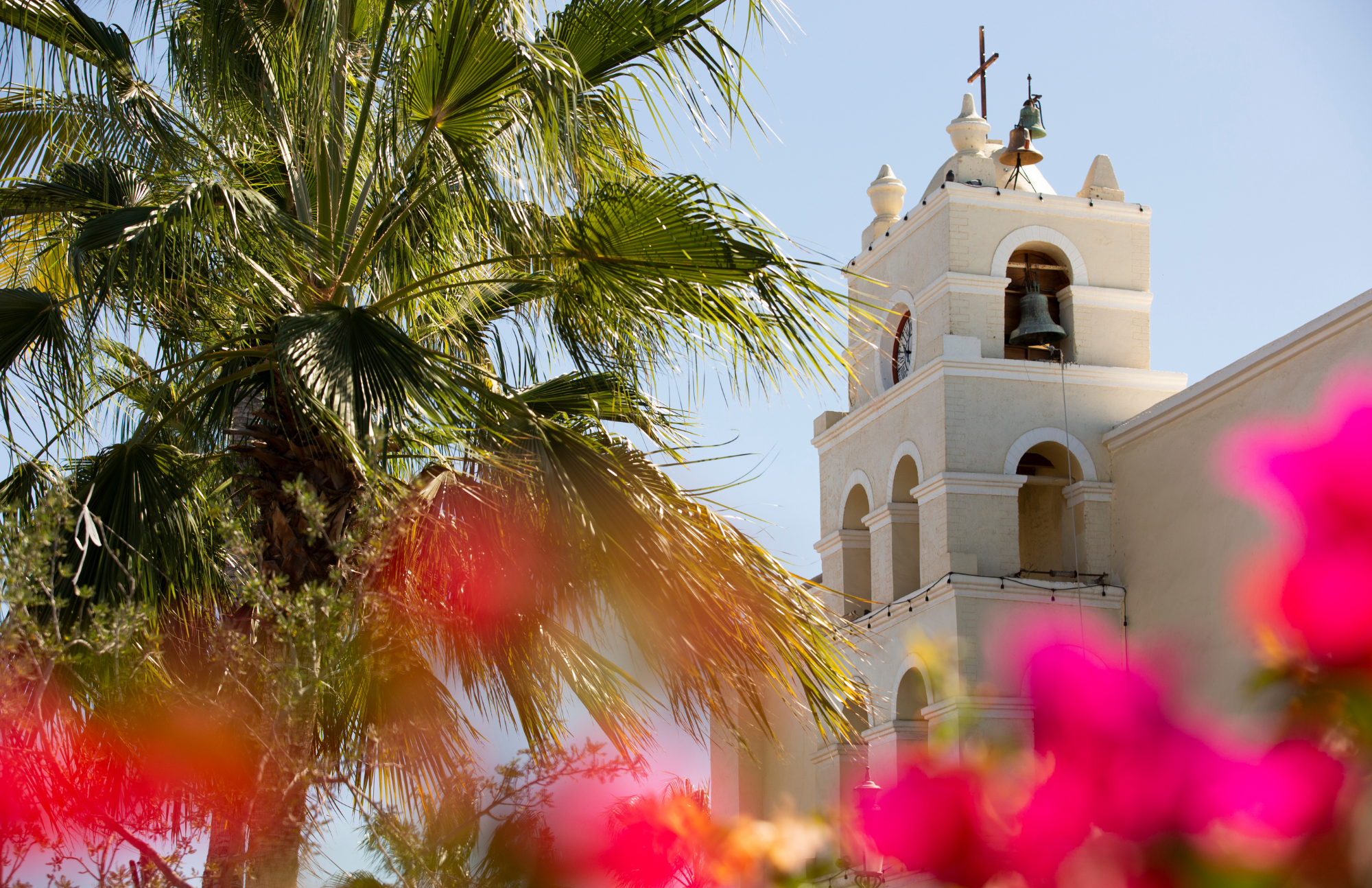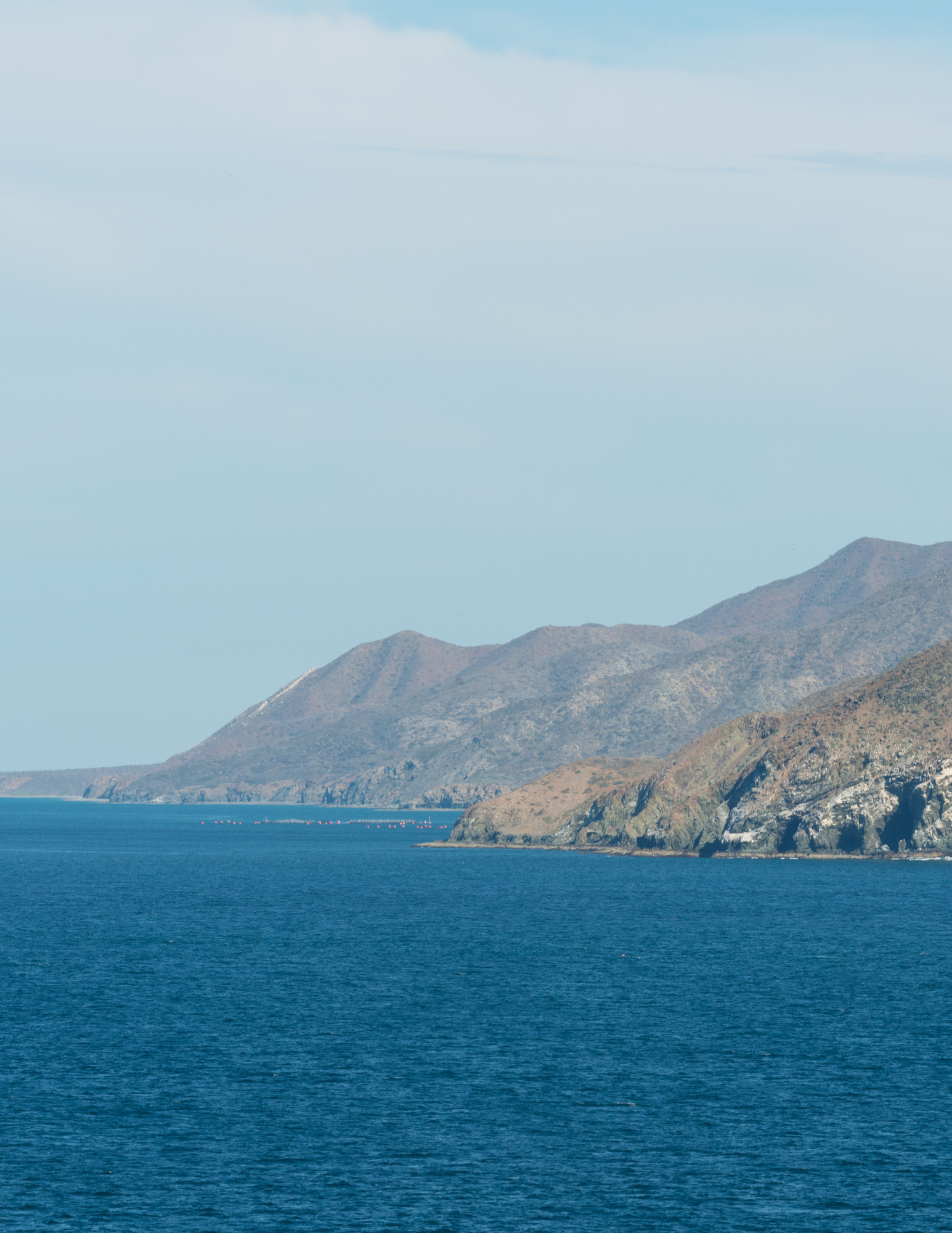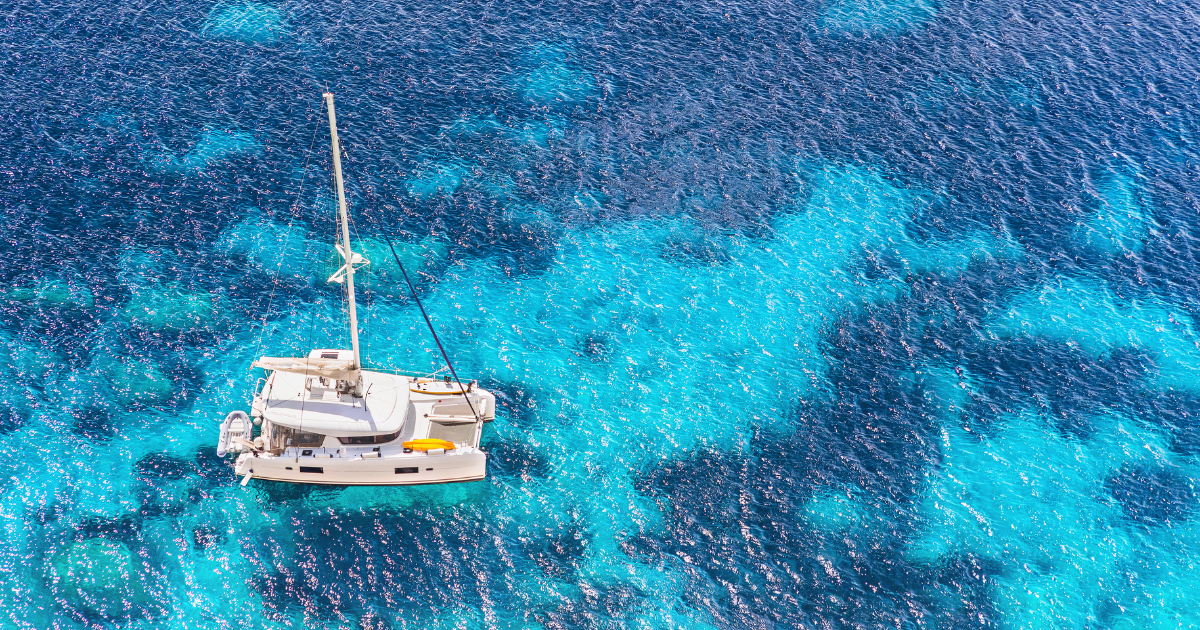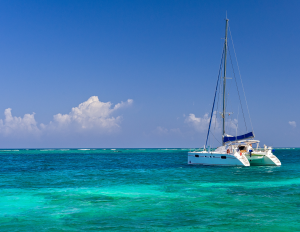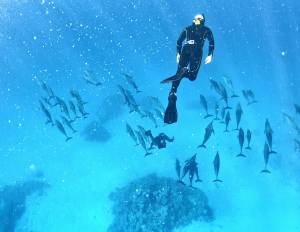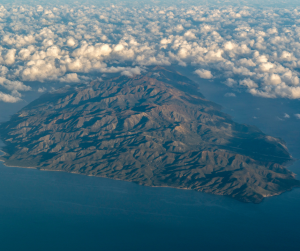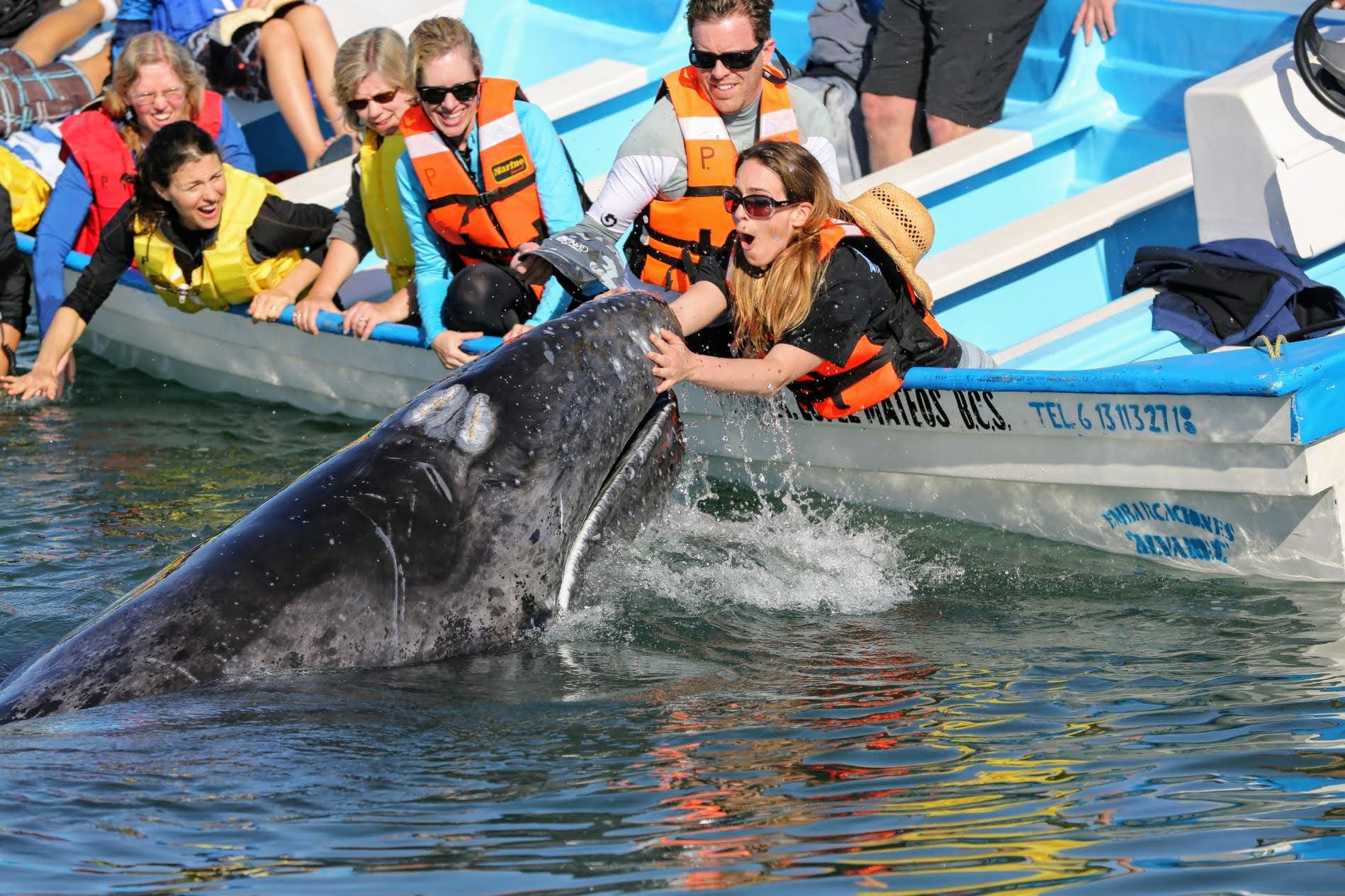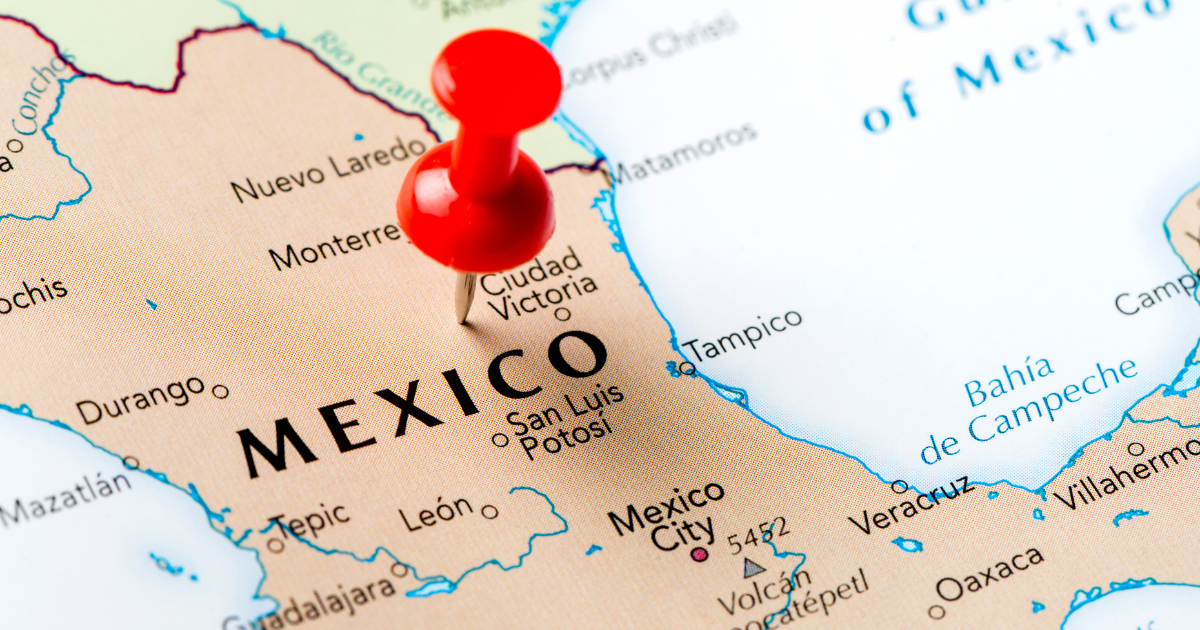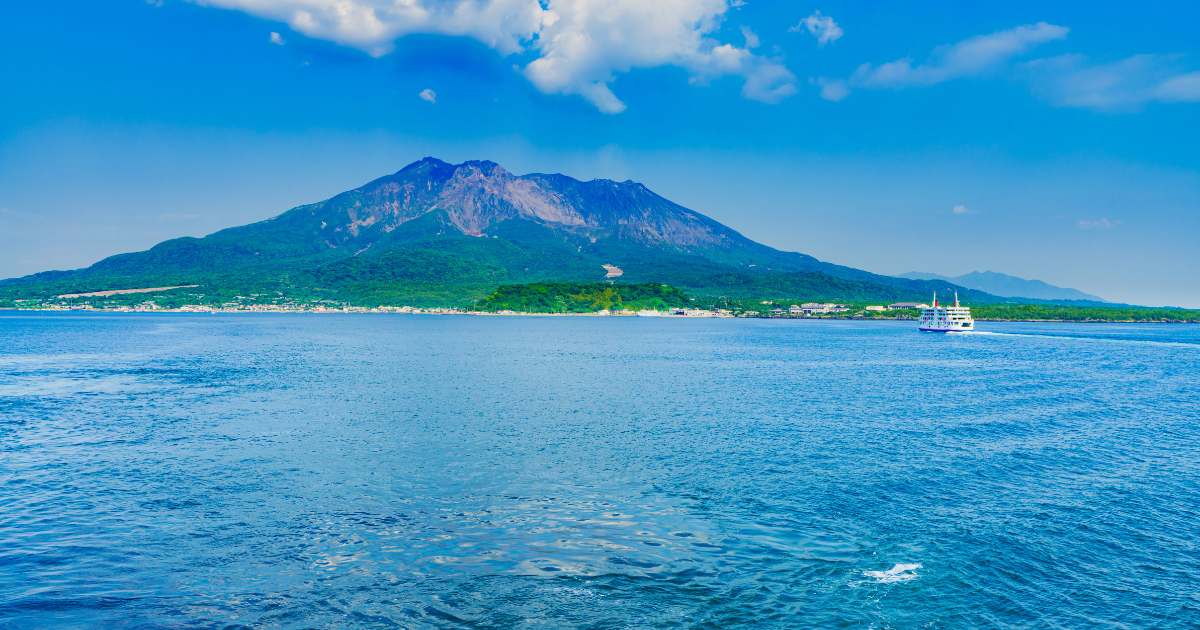Last year, I found myself in Bangkok, and it became clear to me that this city isn’t for everyone, especially not at first. But I’m tired of hearing, “You only need one or two days in Bangkok.” No, you don’t. That simply isn’t true. Just like you wouldn’t spend a mere day or two in Tokyo, London, or Hong Kong, you shouldn’t rush through Bangkok either. This city can, and maybe should, be the focus of your Thailand trip, especially if you’re someone who enjoys big cities.
If your trip is strictly for a beach vacation, sure, you get a pass. Bangkok can be overwhelming, but it’s also incredibly rewarding. But if you’re backpacking or out to explore Thailand, why on earth would you leave Bangkok after only a day or two? I’ve spent months in Bangkok, and I’ll admit, I’m biased. But I truly believe it’s one of the best cities in the world—certainly in Asia. It’s a disservice to not explore it fully, especially when it’s likely unlike any city you’ve ever experienced. Bangkok has a backpacking culture that goes back decades, some of the best street food in the world, and a vibrancy that’s hard to find elsewhere.
Before I dive into my experiences, I want to address the common travel advice to spend just a couple of days in crazy cities like New Delhi as well. If you say, “I could only stand it for a couple of days and just had to get out,” that’s fine. But telling someone else, “You only need a day or two,” implies there isn’t much to do, which is just wrong for a city as large, historic, and dynamic as Bangkok.
Khao San Road – Opinions are always split on Khao San Road. I spent weeks in the area, even celebrating Christmas in a hostel there last year. Khao San Road is world-famous—if you’ve seen The Beach, you’ll know what I’m talking about—and it’s generally good fun for a night or two. It’s loud, it’s one big party, and it’s great for people-watching. But it’s also full of young travelers making questionable decisions, like eating cooked cockroaches. I’m a fan of pop music, but after the 100th awful remix of Ed Sheeran or Calvin Harris, you’ll be over it.
So, why did I spend weeks around Khao San Road? Because that’s where you’ll find the best hostels in terms of atmosphere and meeting other backpackers. Almost every traveler on their Southeast Asia or Thailand trip ends up on Khao San Road at some point. I got really close to the staff at one particular hostel, Nappark Hostel, and spent Christmas there, which was a lot of fun. We dressed up, had a good laugh, and the atmosphere at Nappark is more relaxed compared to other hostels around Khao San. If you’re looking for more of a party vibe, stay at Mad Monkey around the corner. Bed Station is also nice, with a pool and bar, but it’s huge and didn’t have the same sense of community that Nappark did.
There’s also a new hostel in Silom, the vibrant main part of Bangkok, called ‘All We Need is Hostel’. It’s the first hostel away from Khao San Road that I’ve seen that has a great atmosphere and seems perfect for meeting people. The reviews are amazing, and I’ll probably stay there next time I’m in Bangkok.
But let’s talk about Khao San Road itself, since you’ll likely end up there. About 20 years ago, it was a more relaxed place, where travelers would score weed, watch illegally streamed movies outside bars, and listen to live music. That version of Khao San is gone, replaced by a more commercialized, chaotic scene, as the government invests money into the area to attract Chinese tourists. Still, there are some gems hidden among the chaos. There’s a cool reggae bar down a small alley that always attracts interesting people who are happy to chat. There’s also a very chilled rooftop bar where you can overlook the chaos of Khao San Road, with a decent Thai singer playing one of the countless renditions of Hotel California or Wonderwall you’ll hear in Thailand. If you’re in the mood to dance, head to the club on Khao San Road. It’s surprisingly good, even by Western standards.
As for food, most of what you’ll find around Khao San Road is terrible. But the best Pad Thai I’ve had in Thailand is right next to Nappark Hostel in a little café. Even if you don’t stay at Nappark, go there for the Pad Thai!
Finally, if you’re staying near Khao San Road, visit Santichaiprakarn Park. I adore this park, even though it’s not particularly impressive or large. It’s about a five-minute walk from Khao San Road, and in the mornings, you’ll see locals doing their exercises to the sound of morning life waking up around them. The park has a large fort and is located along the river with a great view of a bridge. From the park, you can catch a very cheap river-boat that will take you up the city—a great way to see Bangkok, and who doesn’t love a boat ride?
One time, I met a girl and a guy at my hostel and brought them to this park. They hit it off immediately, and just a few weeks ago, I saw that they were visiting each other in Canada. I guess you could say I’m basically Cupid—or a third wheel. Either way, go to this cute park.
If you’re in the Khao San district, beware of tuk-tuk and taxi drivers—they will try to rip you off. You shouldn’t be paying more than 150 baht max. Just get a taxi and insist they use the meter.
Now that I’ve gone on and on about Khao San Road, let’s talk about the rest of Bangkok.
First of all, even though I recommend staying near Khao San Road, it’s not representative of Bangkok at all. It’s in the old city, which is very different from the modern part of Bangkok. If you arrive at BKK airport and take the overpass, you’ll see countless high-rise towers—that’s the real Bangkok. Locals joke that they keep all the backpackers contained around Khao San Road, and it’s true. Some people claim they’ve “seen” Bangkok after spending just two days on Khao San Road, but they’re missing out on so much.
Lumphini Park – Another park, but this one is Bangkok’s equivalent to Central Park. It’s huge, with monitor lizards wandering around and swimming in the river. I once turned around to find one just chilling behind me. Go in the mornings, and you’ll see hundreds of locals doing their exercises, including a lot of older people. It’s inspiring to see them staying healthy, engaged, and making friends. The wildlife is amazing, and the park is surrounded by high-rise business towers, making it feel like an oasis. You can also rent a pedal boat—just don’t fall in. Lumphini Park is in Silom, a district I really like. If you’re staying in Silom, I recommend Ekankek Hostel. While you’re in Silom, check out the Snake Farm, which has a cool (and ethical) snake show run by the Red Cross. Silom also has a bit of the famous sexpat nightlife, but more on that later.
King Power Mahanakhon Skywalk – This is a new addition to Bangkok’s attractions and won’t be in many guides yet, but it’s worth visiting. The building itself looks crazy, and they’ve recently opened a skywalk at the top with a glass floor. It’s quite expensive, but Bangkok’s skyline is stunning, and if you’re into Instagram, this makes for some great photos.
The Grand Palace and Reclining Buddha – These are the top attractions in any Bangkok guide, and they’re worth it. Go early. They’re located near Khao San Road.
Wat Arun – Another cool temple, which you’ll see if you take the boat from Khao San Road up the river. It’s worth visiting, especially at sunset.
Bangkok Skybars – Bangkok caters to everyone. You can get amazing Pad Thai on the street for 50 baht, or you can spend 1500 baht on a drink in a lush skybar. There are two famous skybars: Sky Bar at Lebua State Tower, known for its appearance in The Hangover, and Vertigo and Moon Bar, which many people suggest is even more impressive. I haven’t been to Vertigo and Moon Bar, but it looks bigger and better than Lebua, which gets packed, so go early if you decide to visit.
Chatuchak Weekend Market – This is by far the best market I’ve ever been to. It’s massive, and I believe it’s the biggest in Asia, which is saying something since Asia loves its markets. The market has everything you can imagine, and the food options are excellent, so make a day of it. Just be prepared for the heat and the crowds. Take breaks and enjoy the experience.
TrueLove at Neverland Husky Café – This café lets you hang out with Huskies and take pictures with them. It’s amazing, and the dogs are clearly well taken care of.
The Bangkok Shopping Malls – These malls are enormous and exactly what you’d expect in the West, but newer and cleaner. Expect to pay Western prices here, but they’re still a good option if you want to shop or eat fancy food. MBK is an exception and is famous for its electronics. Terminal 21 is a mall I really liked; it has an airport theme, and each floor is designed around a different country. When I visited, I saw about 500 schoolgirls dressed as anime characters, which was entertaining, to say the least. At the top of Terminal 21 is a food court that offers all kinds of dishes at reasonable prices.
Patpong Night Market – This is a smaller market in Silom. It’s very touristy, but it’s interesting because of its location in Bangkok’s famous red-light district. While Patpong is becoming more tourist-oriented, it’s still known for its sex shows and has inspired countless films, such as Bangkok Dangerous.
There are also some really good restaurants around Patpong, including a famous vegetarian one that is truly fantastic. The night market has some gems too, but be ready to bargain.
Bangkok’s Nightlife – Bangkok has a famous nightlife scene, and while it’s no longer as wild as it once was, it’s still intense. Patpong, as I mentioned, is the most famous red-light district, but there are others like Soi Cowboy and Nana Plaza. Most of the bars and clubs in these areas cater to sexpats. But if you want to see Bangkok’s nightlife, there are plenty of options for every kind of traveler.
Baan Bar – This is a local bar that’s been around for ages, known for its live music, affordable drinks, and relaxed atmosphere. It’s a great place to meet locals and expats.
Route 66 – This club is in RCA, a street lined with clubs and bars. Route 66 is a huge venue with different rooms playing various music styles. It’s more upscale and attracts a mix of locals and tourists.
Maggie Choo’s – Located in Silom, Maggie Choo’s is a speakeasy-style bar with a 1920s Shanghai theme. It’s known for its quirky décor, live jazz music, and burlesque shows.
The House on Sathorn – This is a more upscale option in a beautifully restored colonial mansion. It’s part of the W Hotel and offers a refined atmosphere with cocktails and a menu that combines Thai and international flavors.
Sing Sing Theater – This is a visually stunning club in Sukhumvit, designed to look like an old Chinese theater. The vibe here is more upscale, and the music is a mix of electronic, house, and dance.
Bangkok Cooking Schools – Bangkok has some of the best food in the world, and taking a cooking class is a great way to learn about Thai cuisine. I recommend Baipai Thai Cooking School. The instructors are friendly, and the setting is beautiful, with an open-air kitchen. You’ll make a variety of dishes and get to enjoy your creations at the end of the class.
Street Food – Street food is a huge part of Bangkok’s culture, and you’ll find it everywhere. Some of the best street food is in the Chinatown area, Yaowarat Road, which is packed with vendors selling everything from satay to seafood. Don’t miss the mango sticky rice!
Bangkok is a city that rewards exploration. You can see the famous temples and palaces, but don’t forget to wander the streets, get lost in the markets, and take in the city’s energy. It’s a place where old and new collide, where tradition meets modernity, and where you can find something new around every corner.
So, whether you’re staying for a few days or a few months, don’t rush through Bangkok. Let the city reveal itself to you, and you might just fall in love with it.


